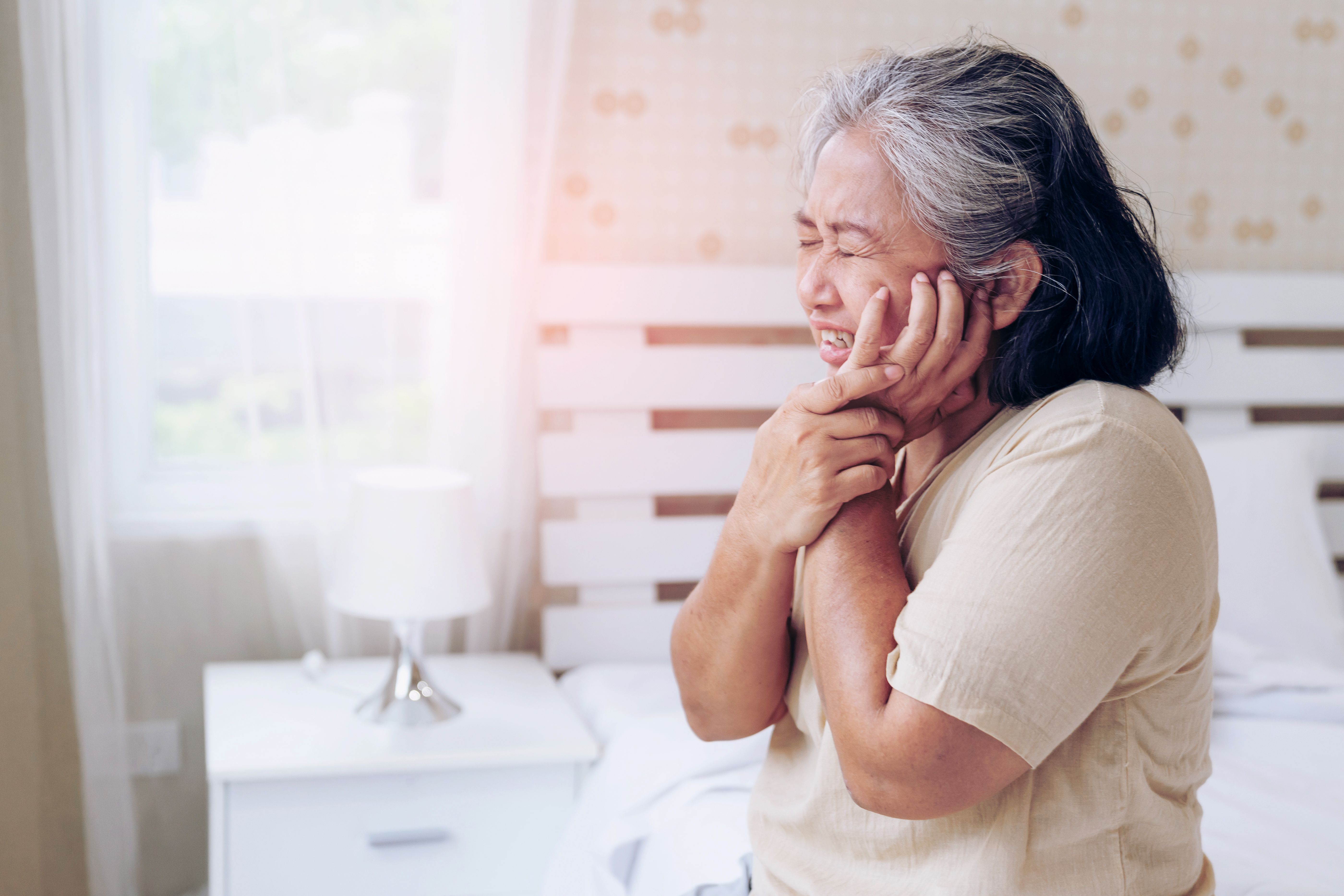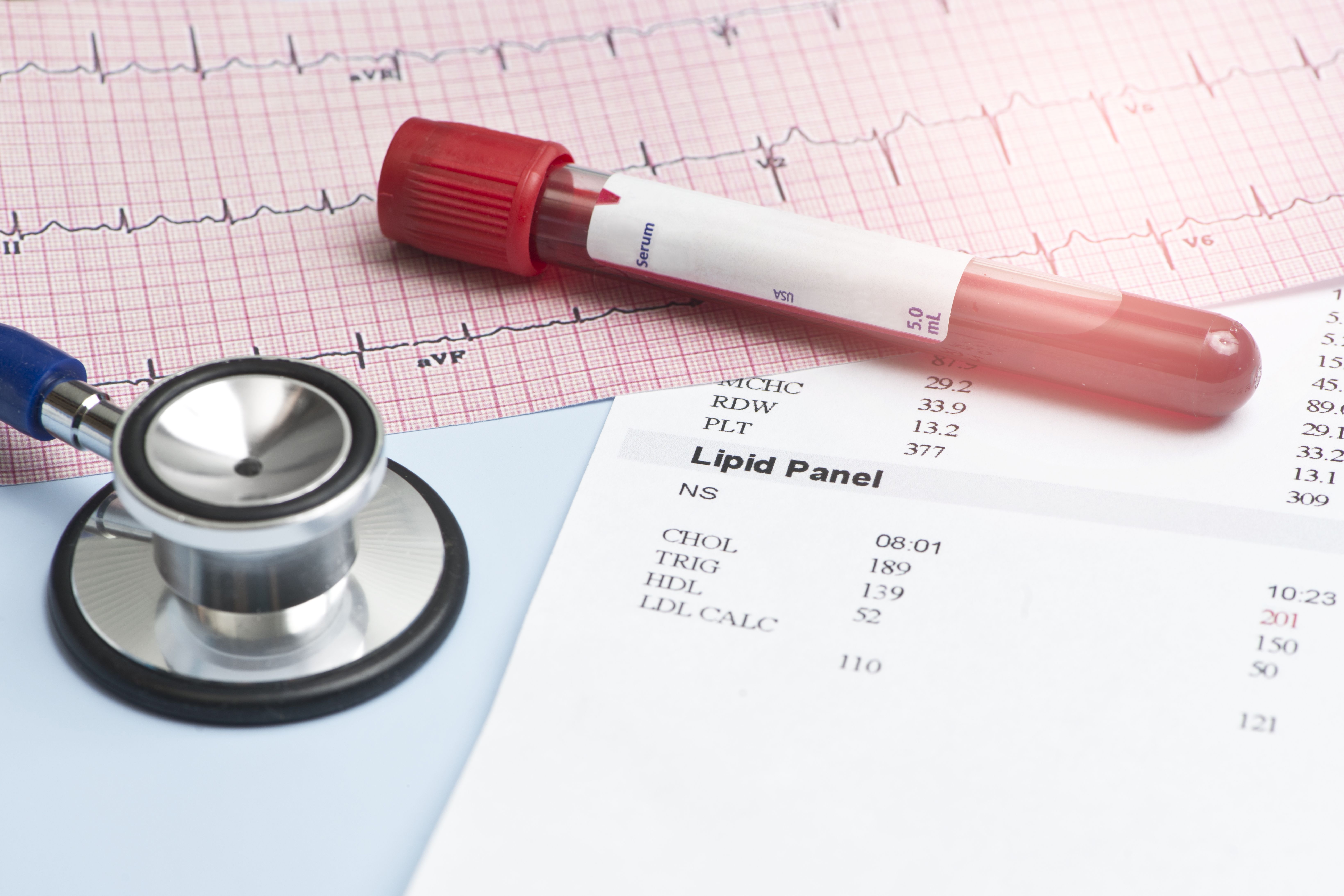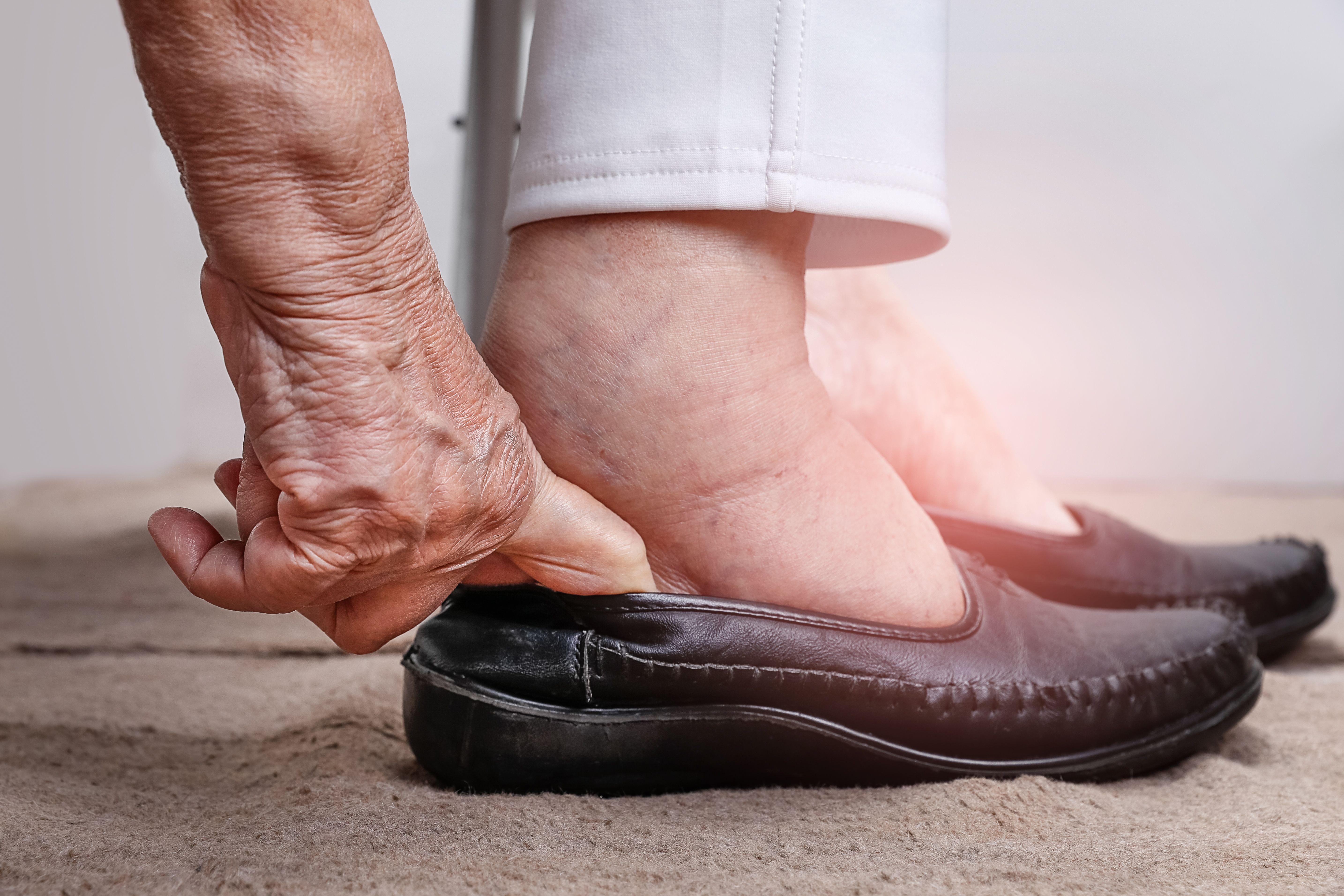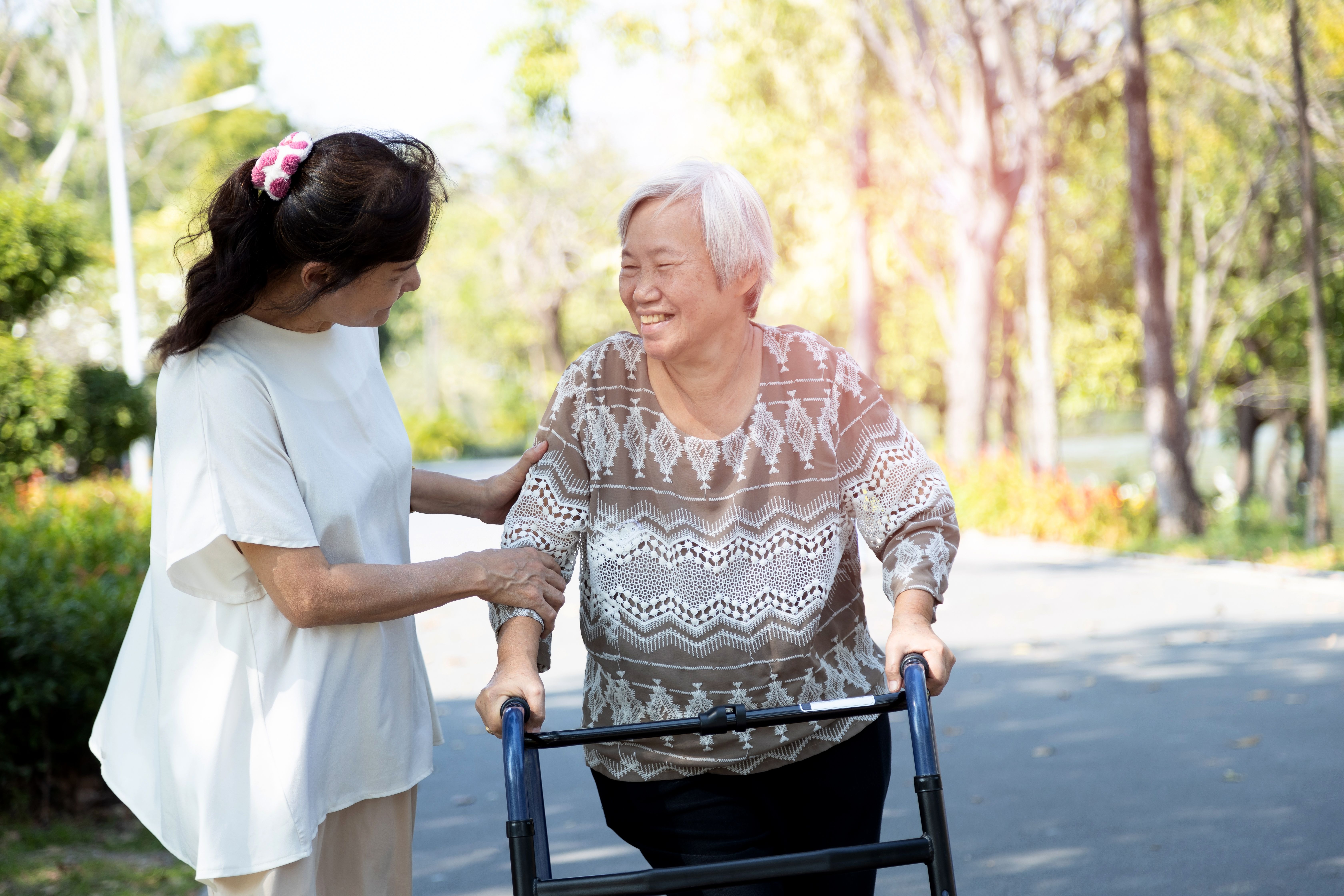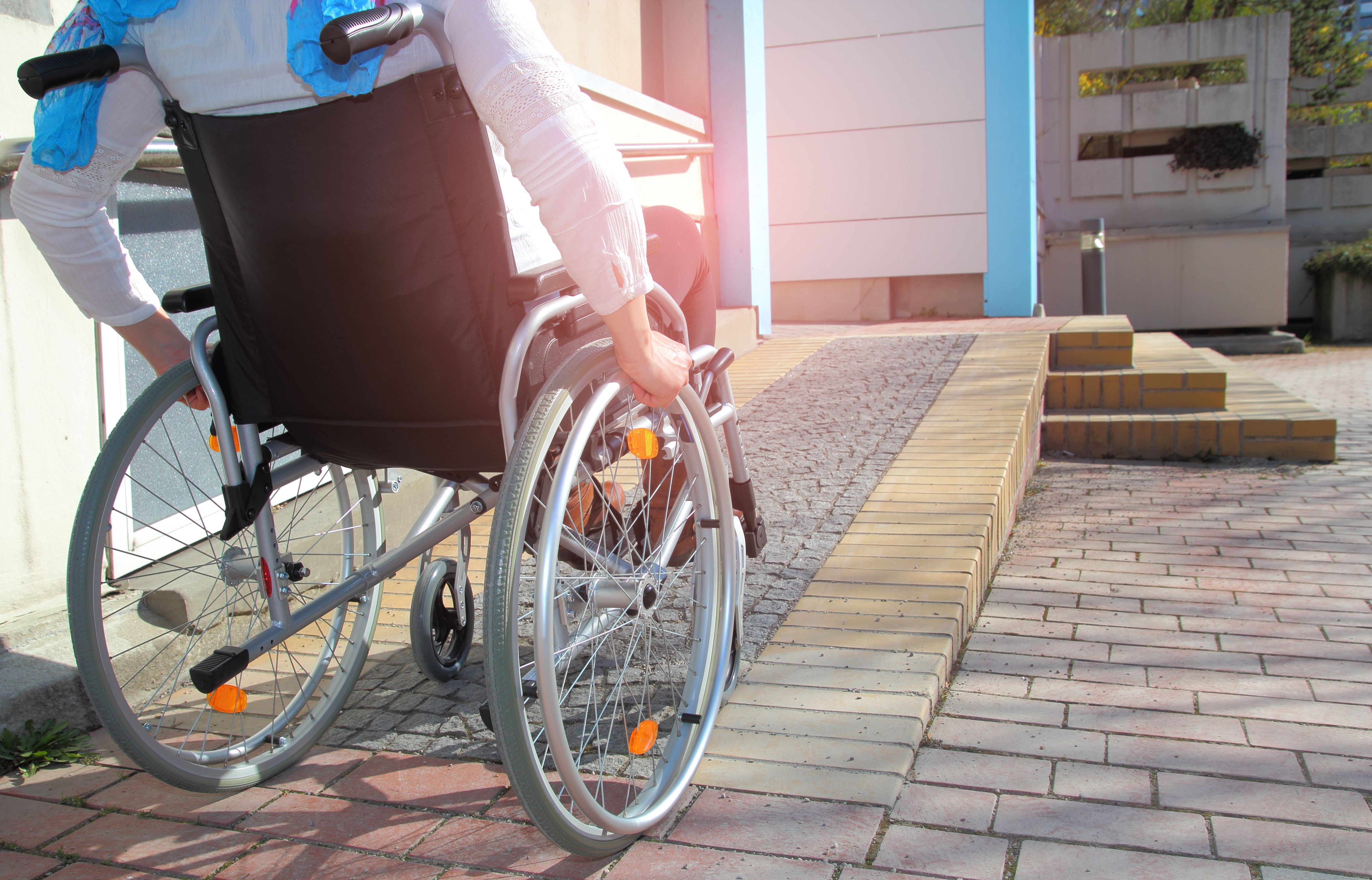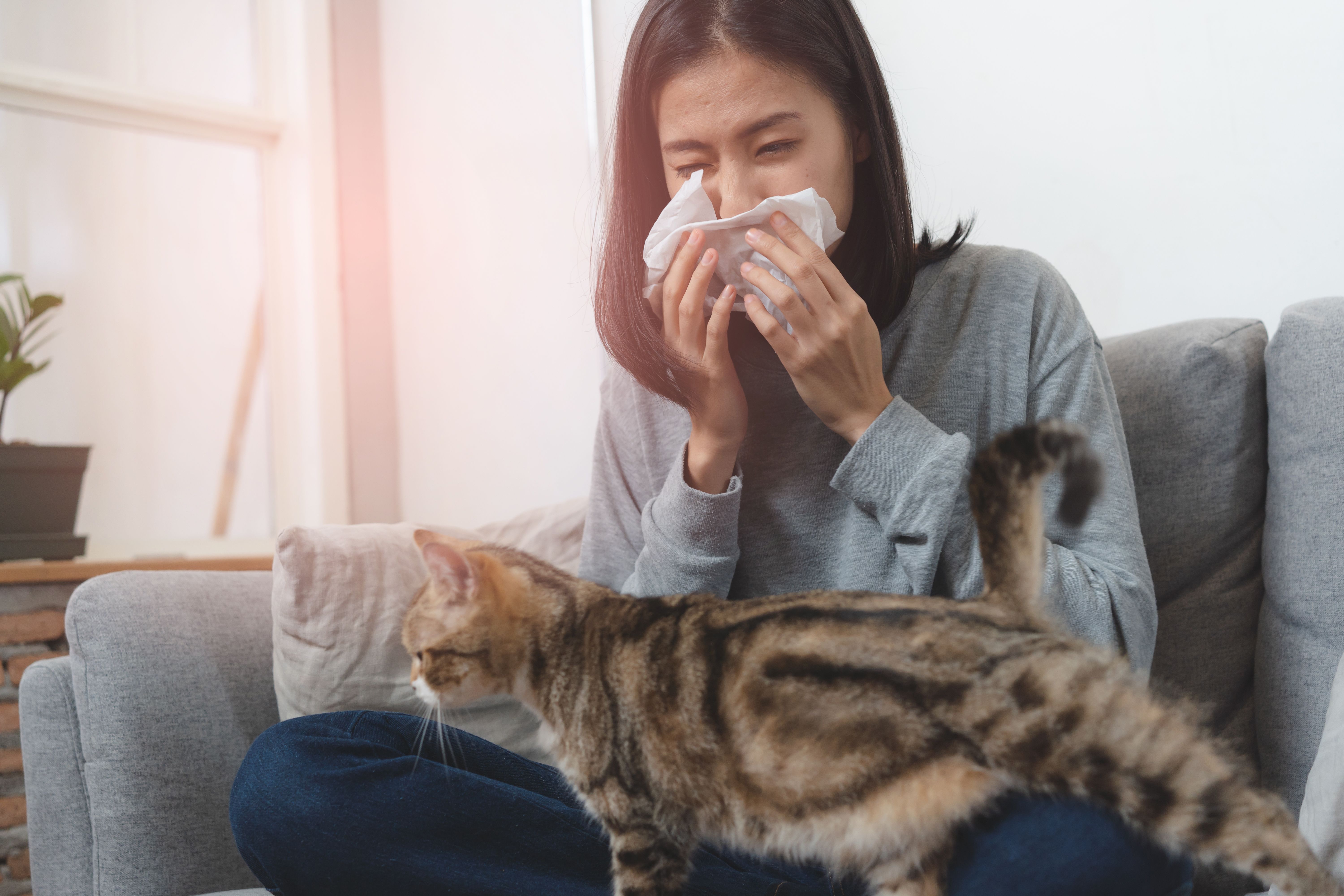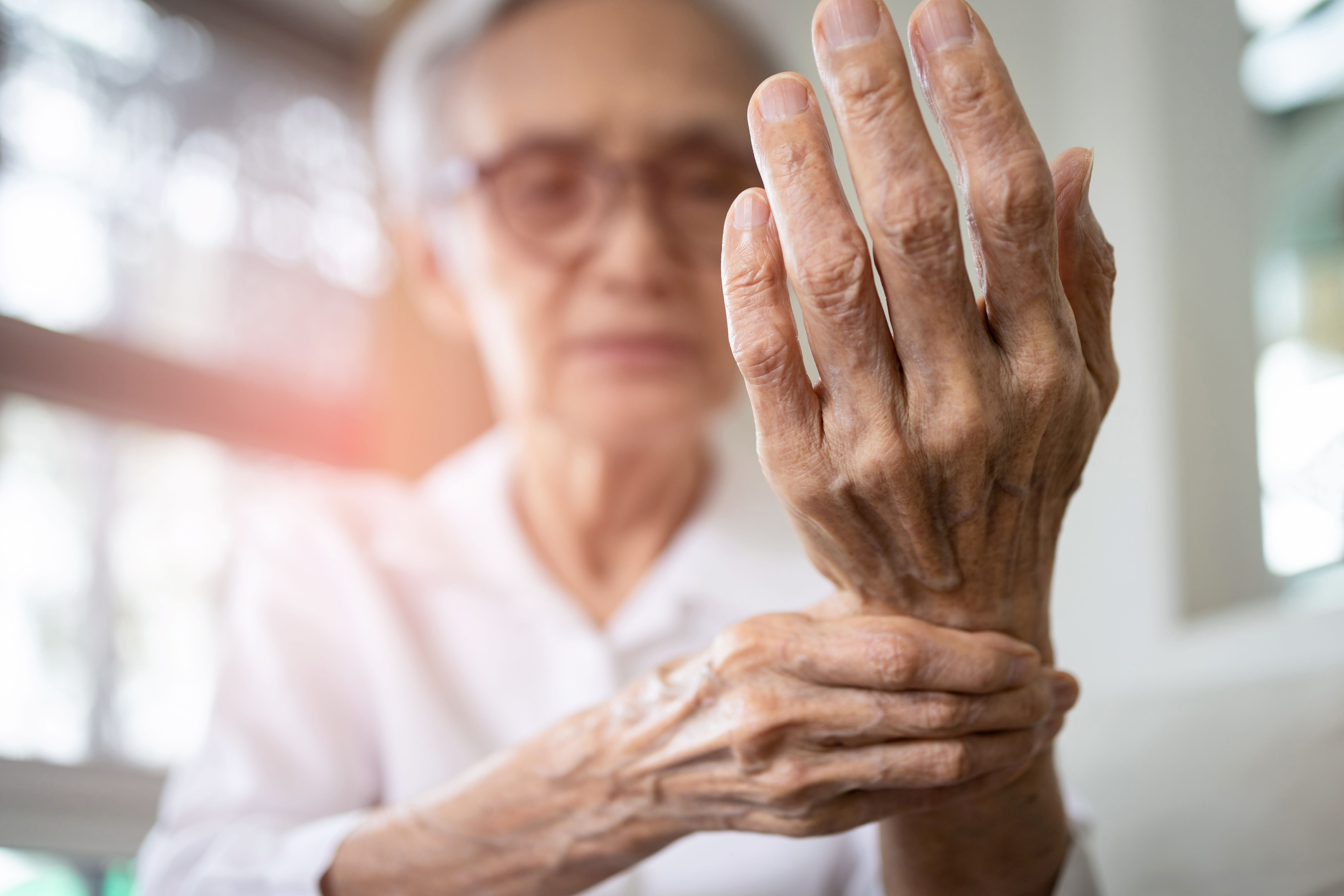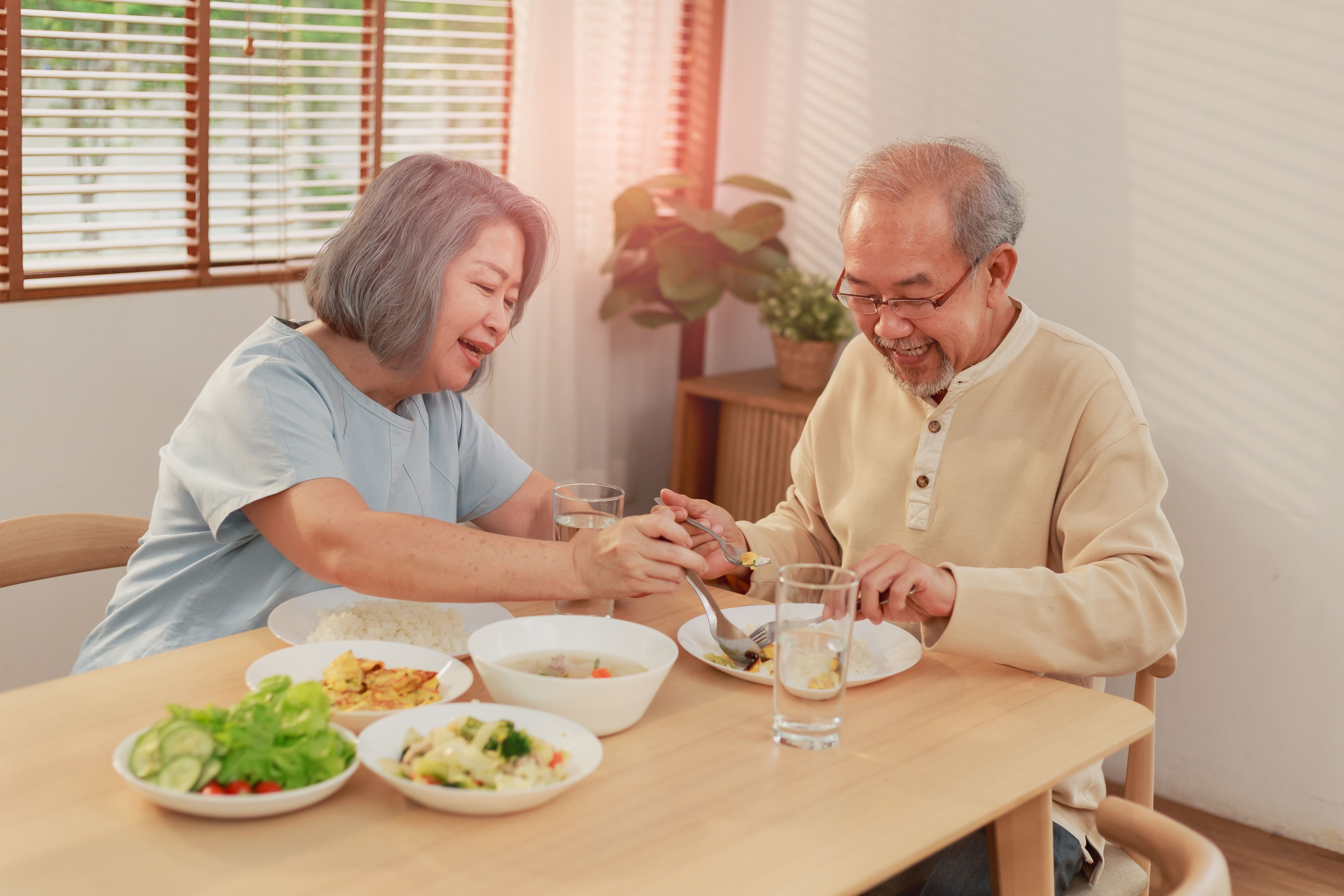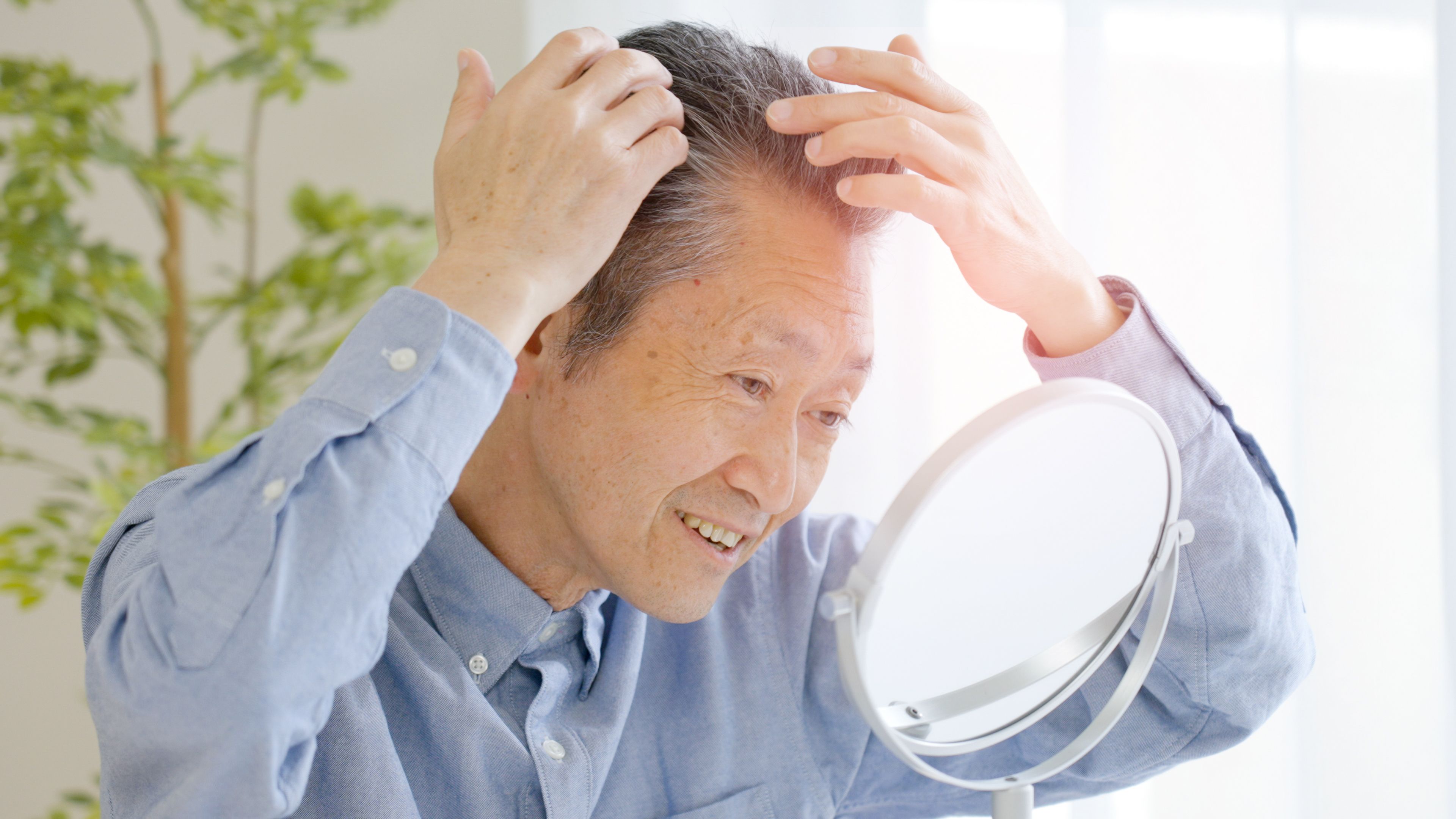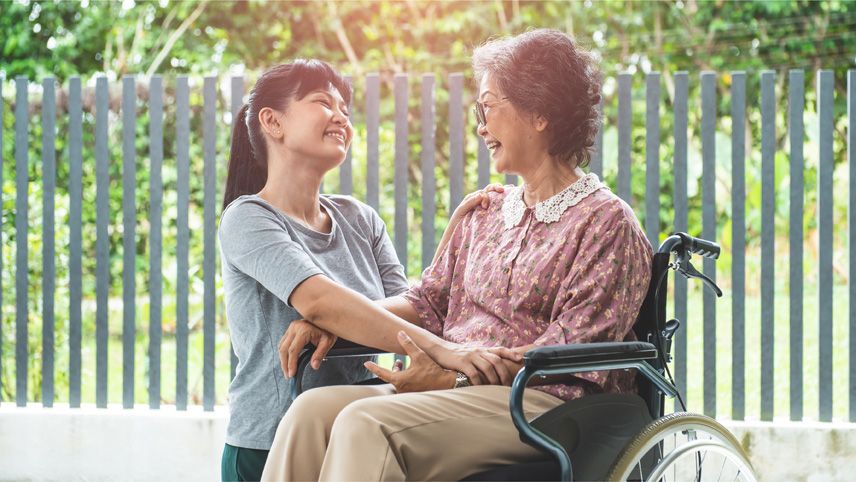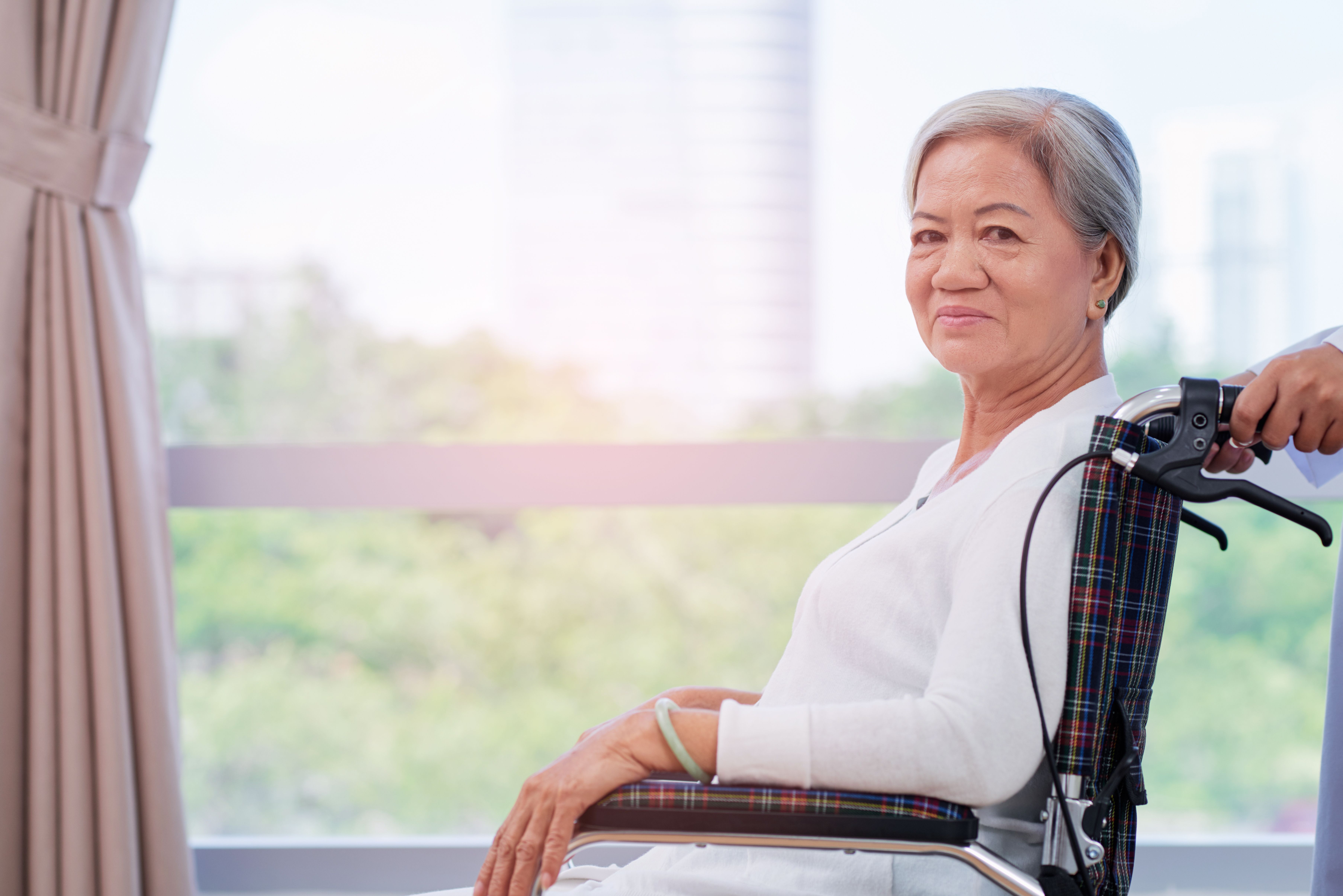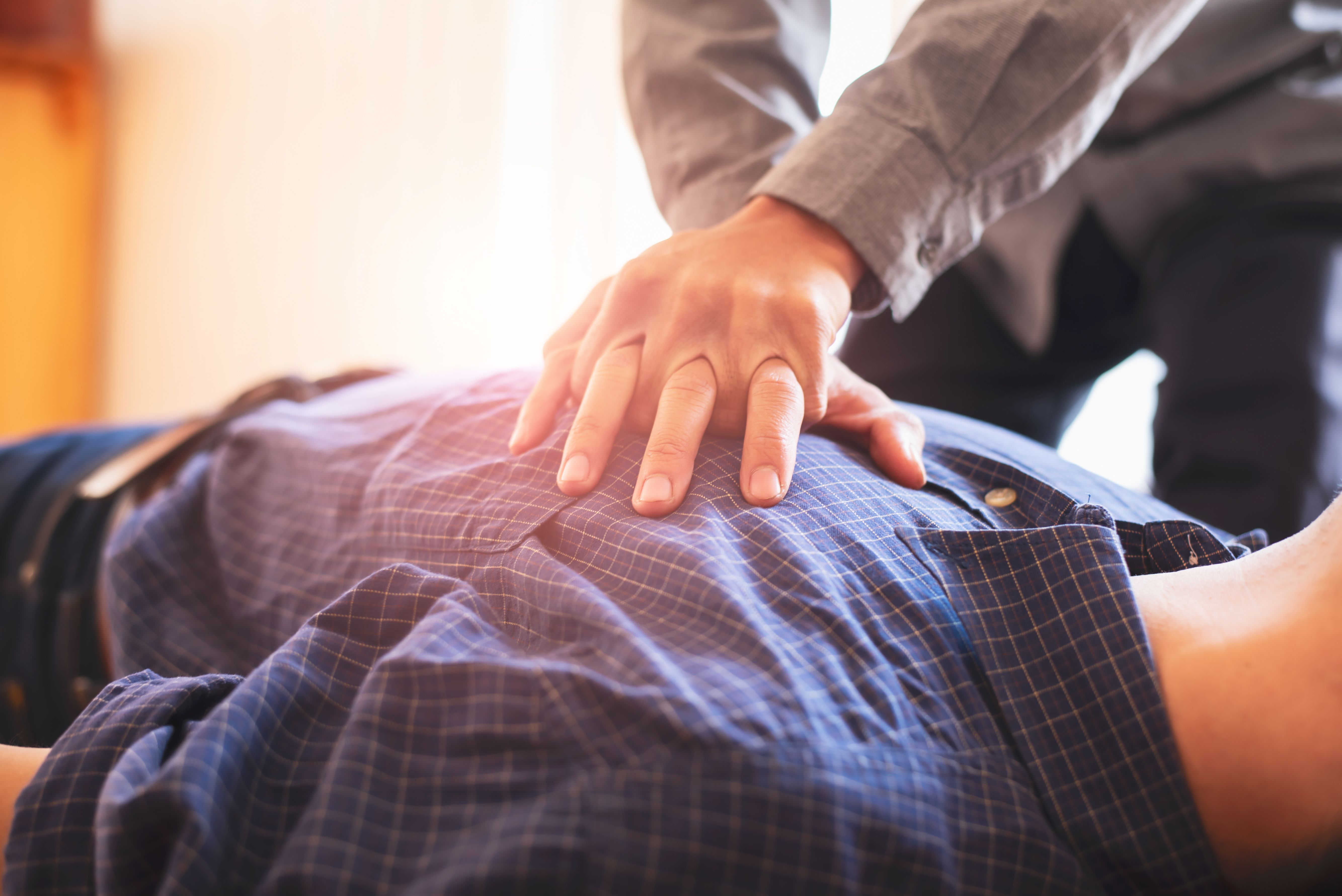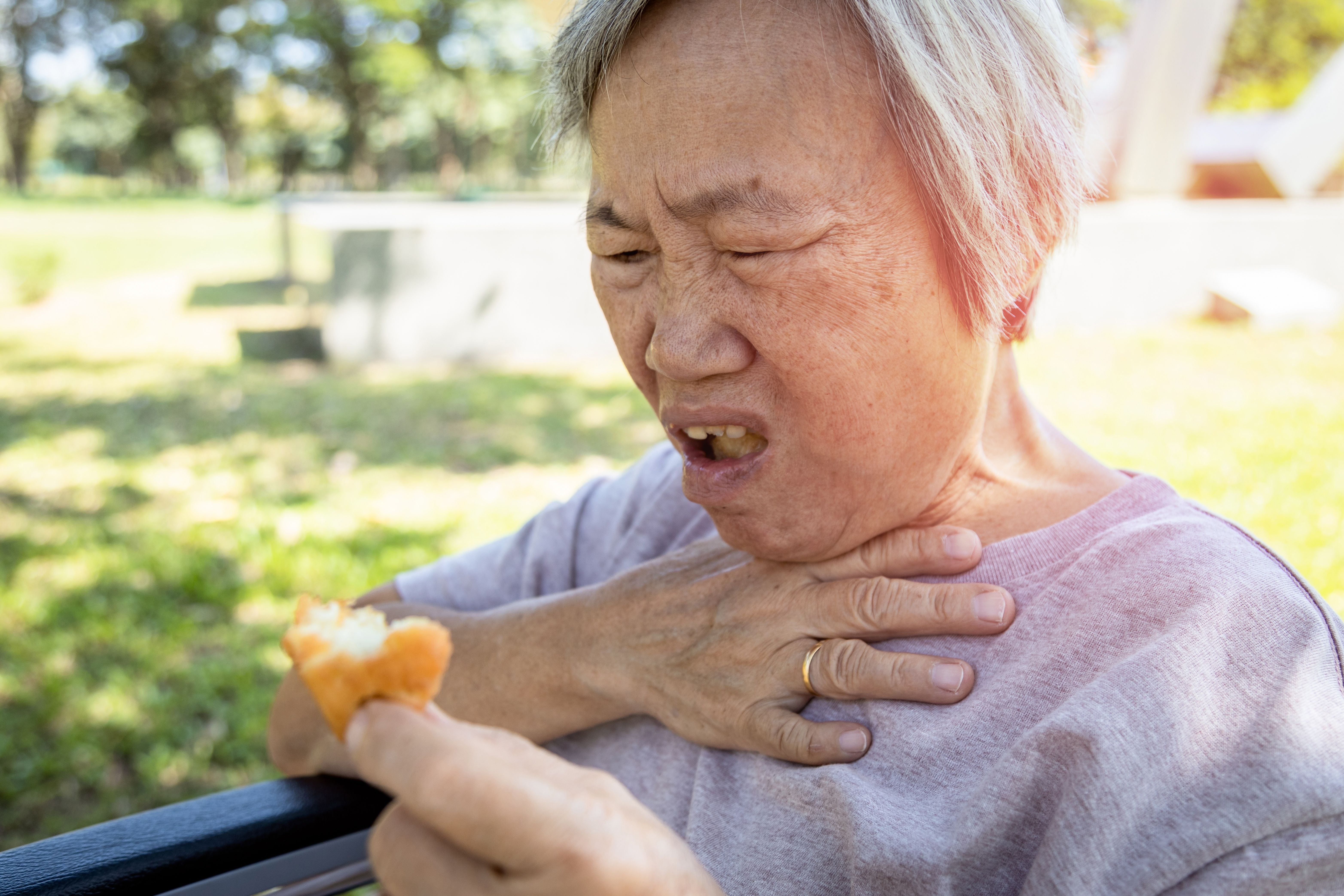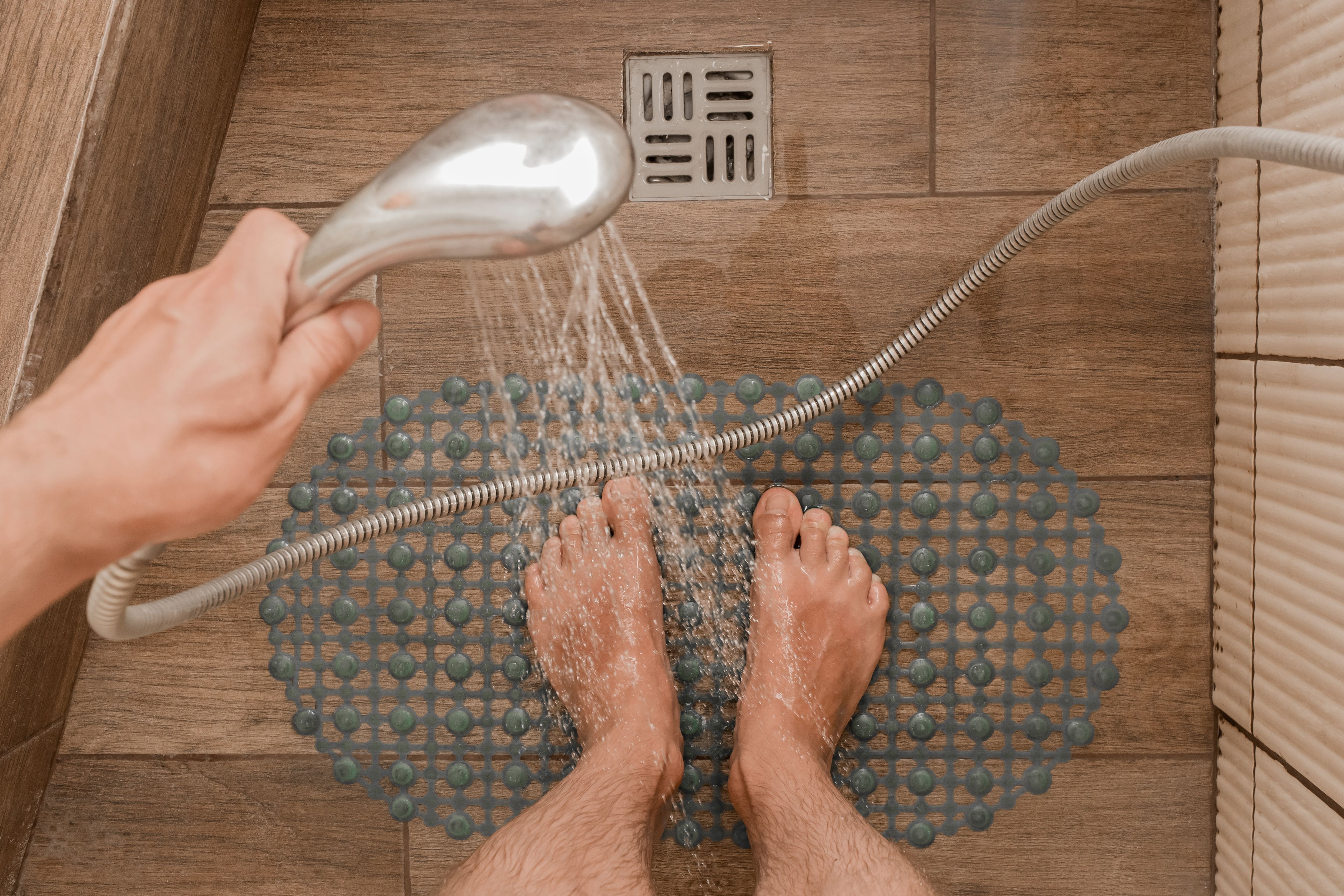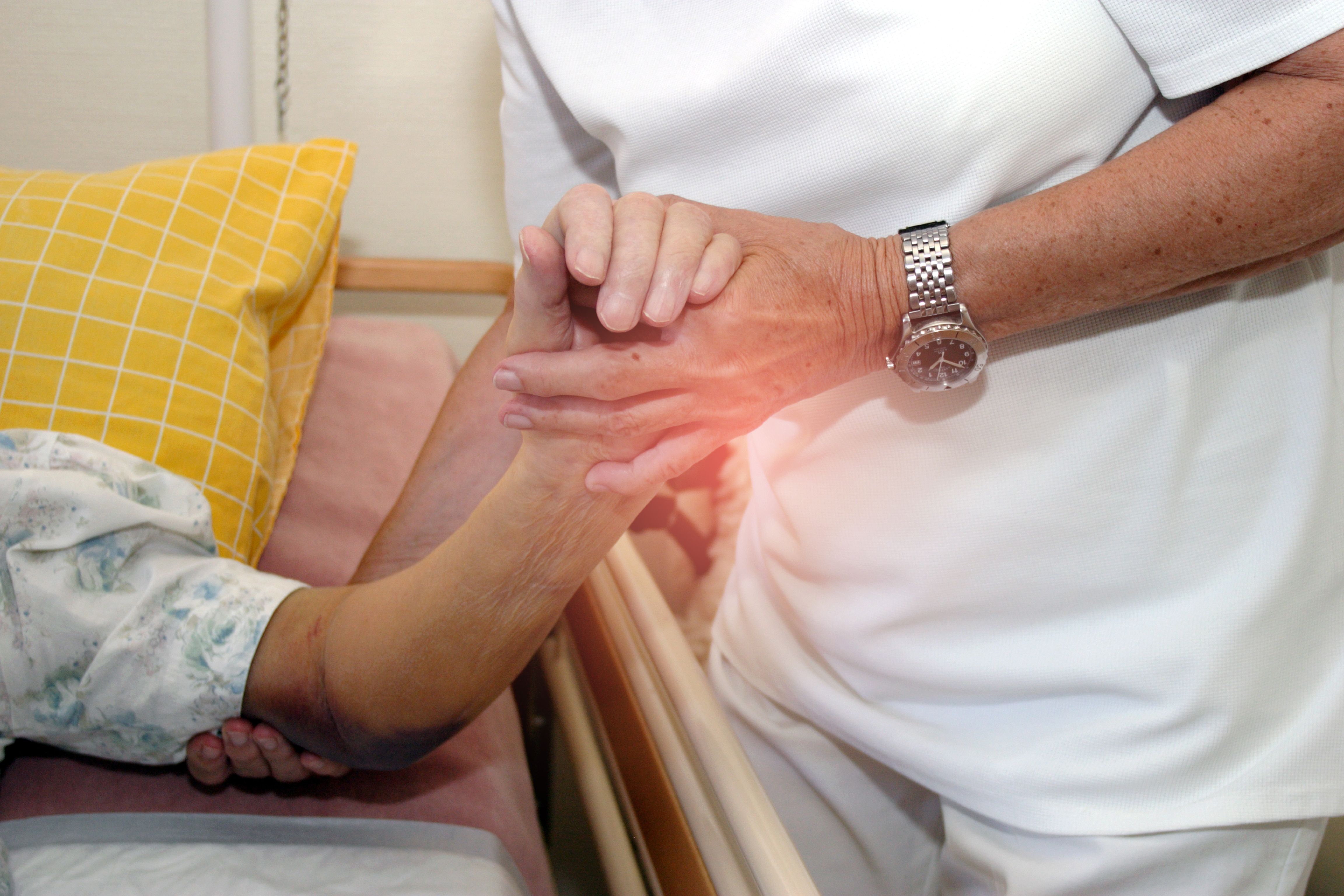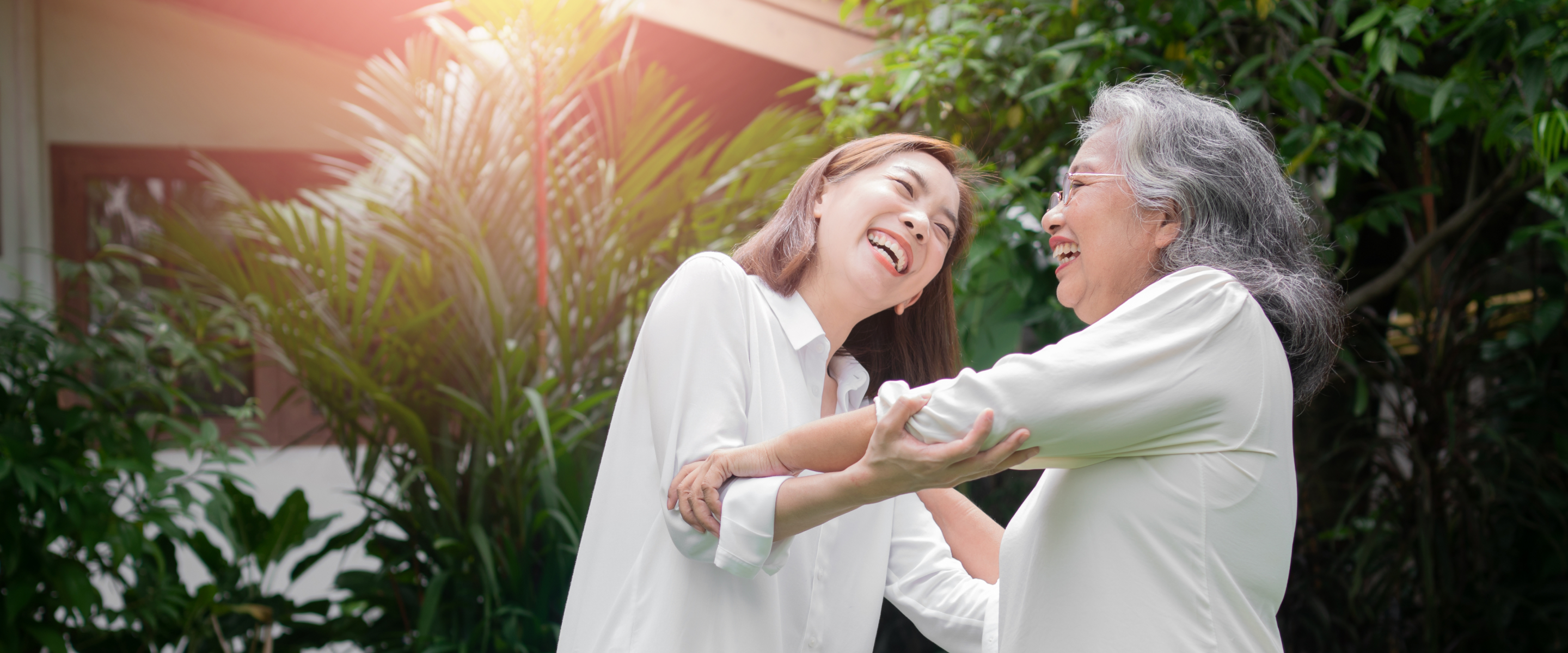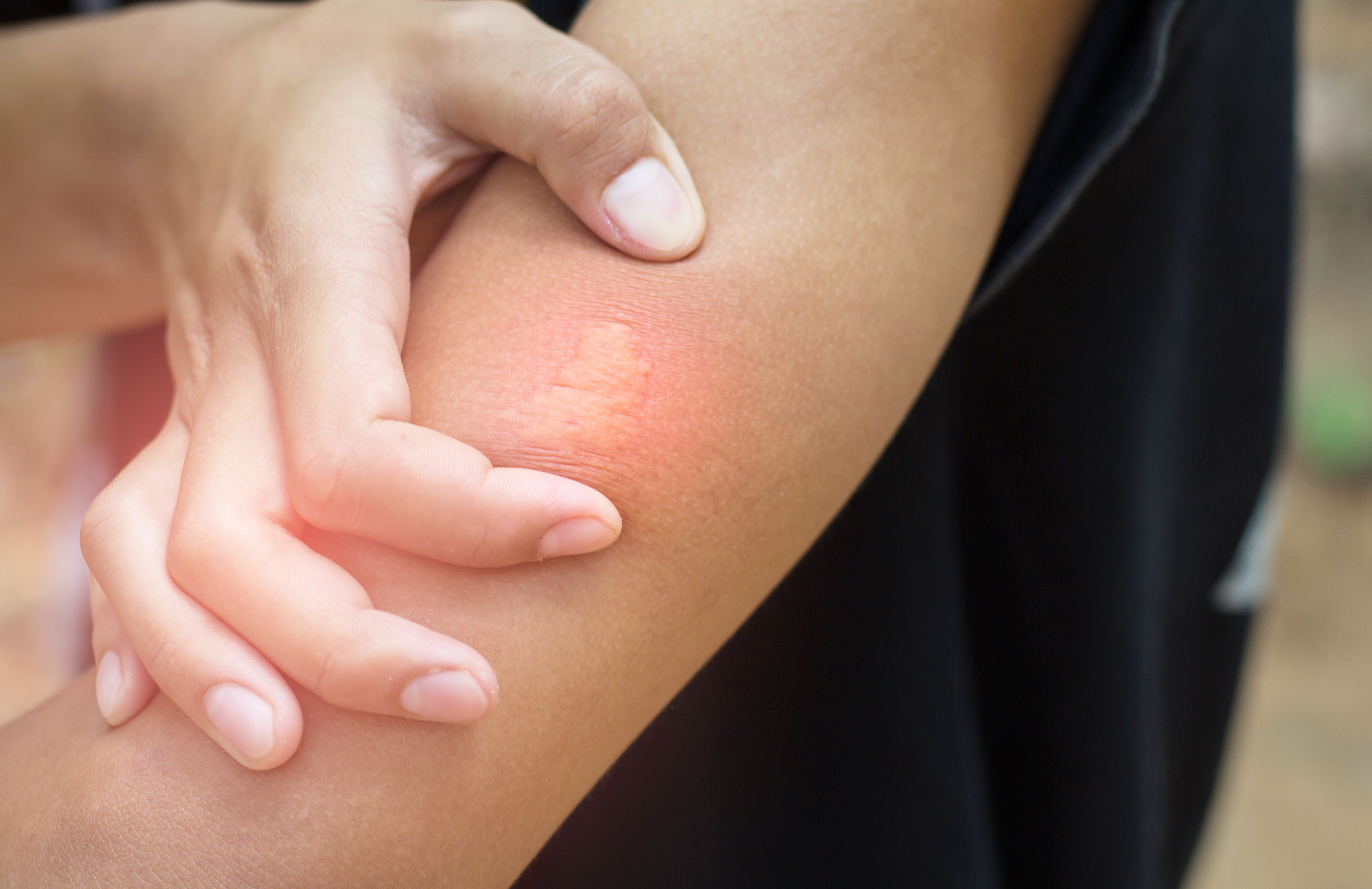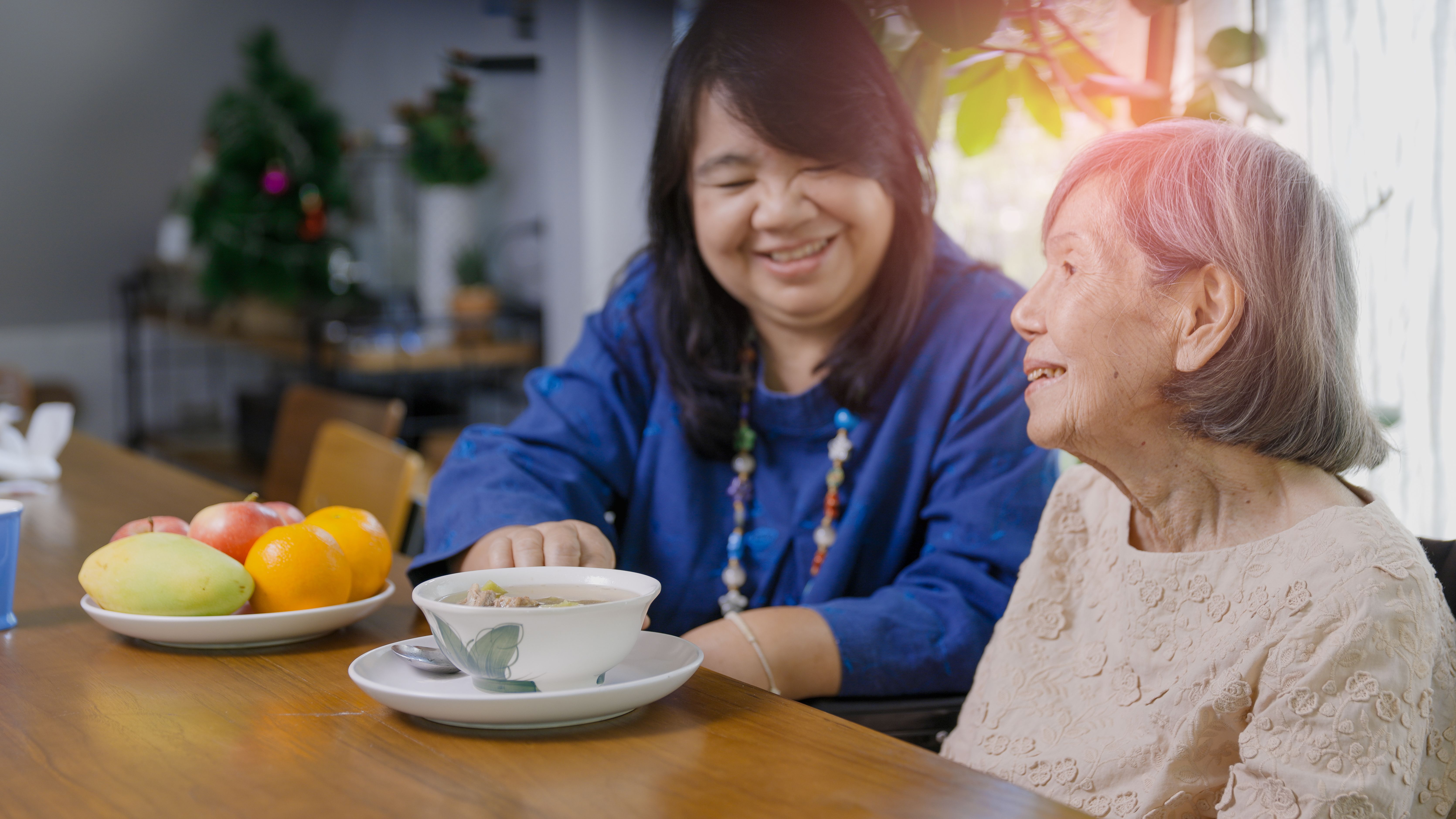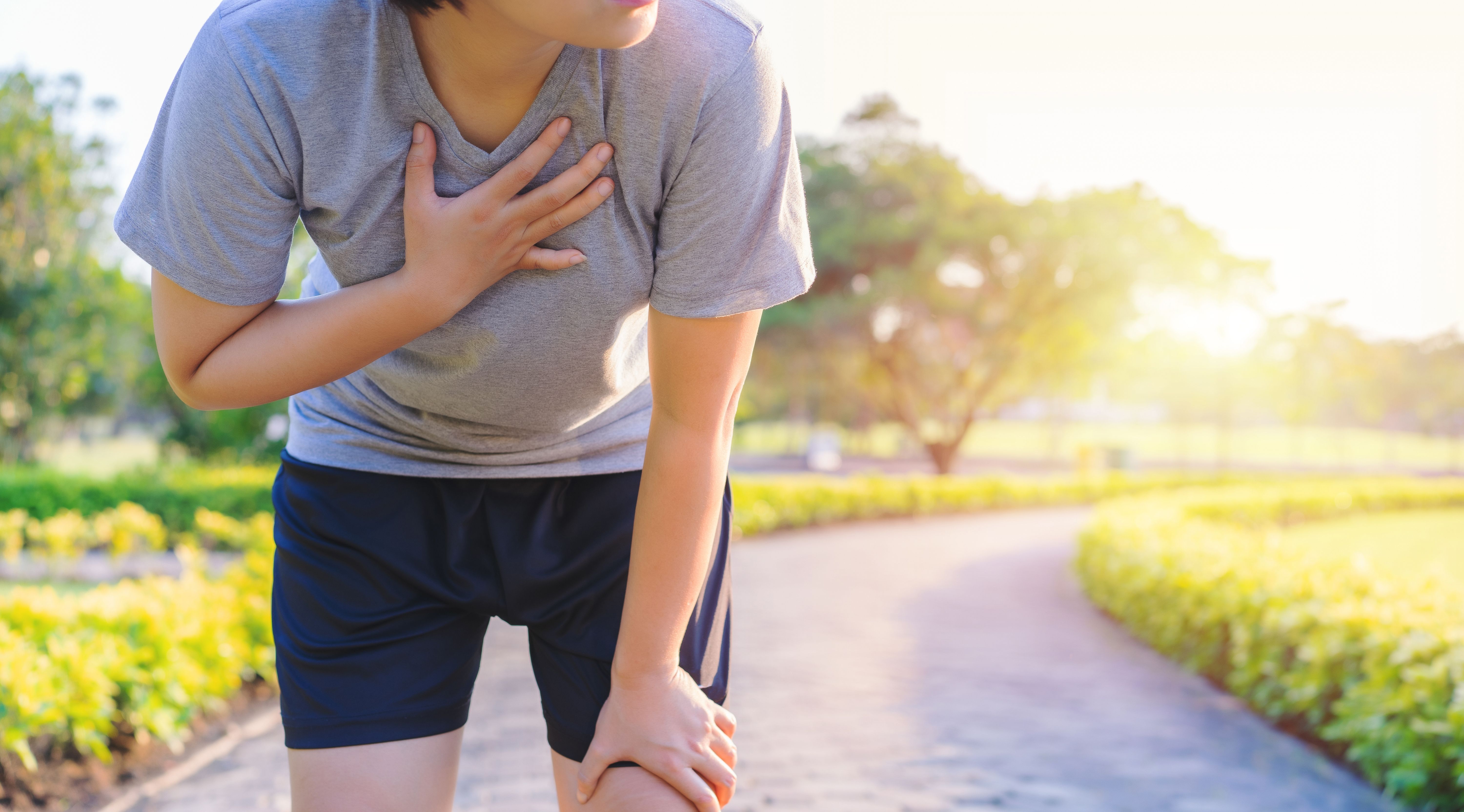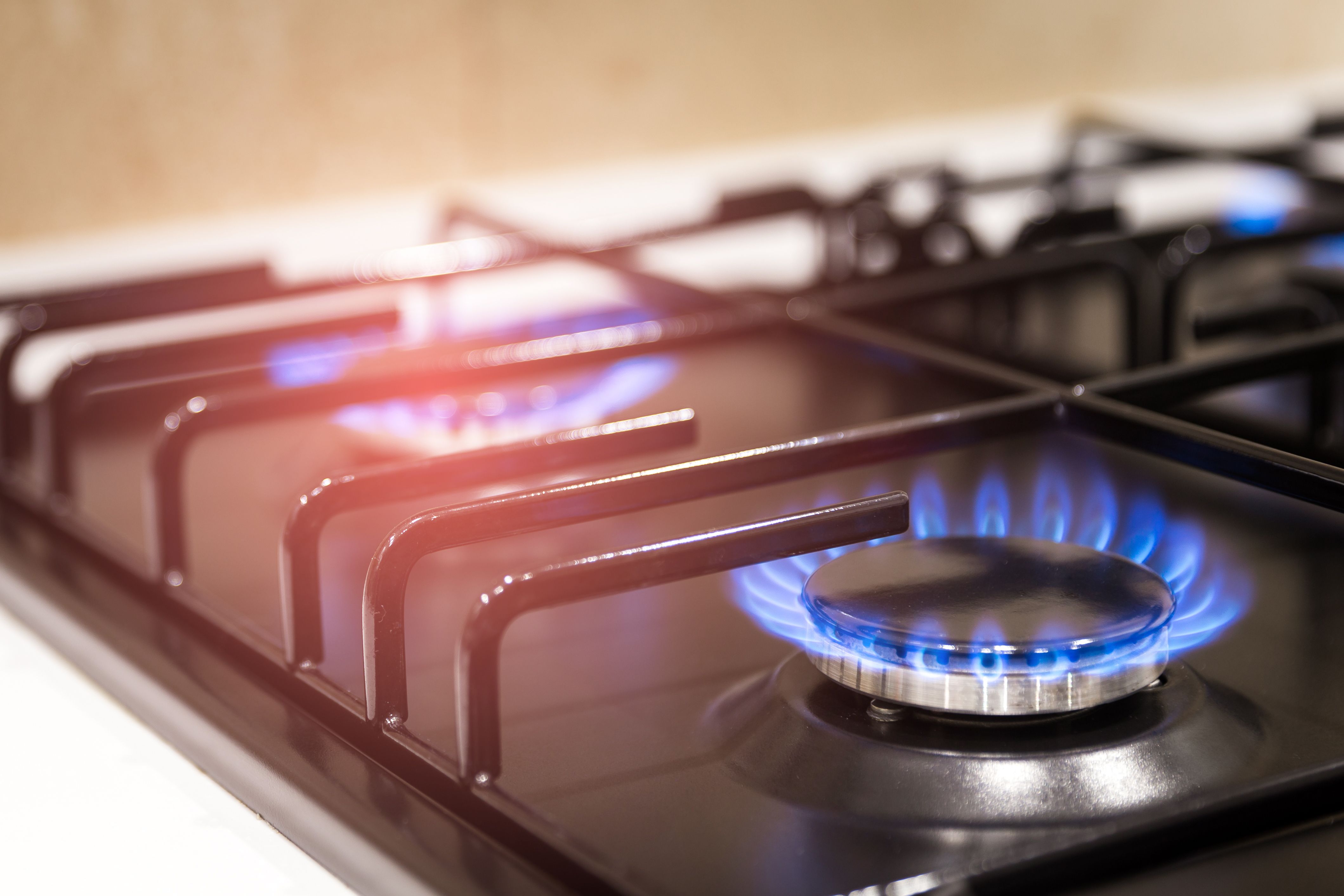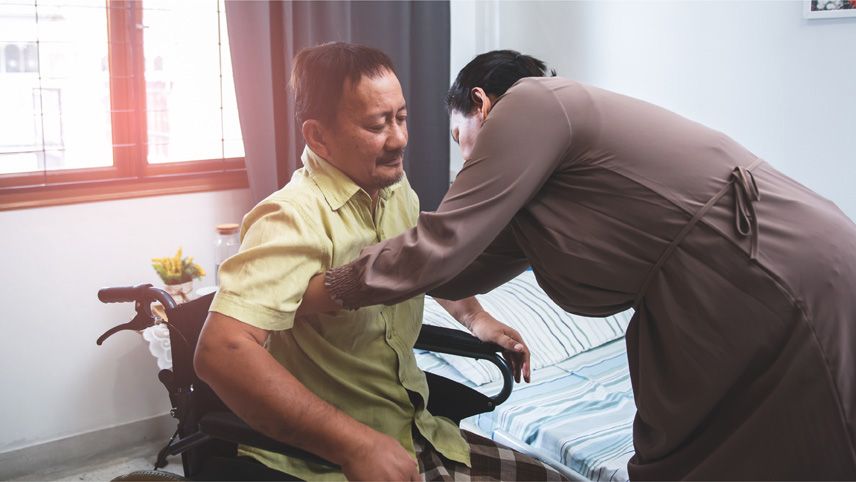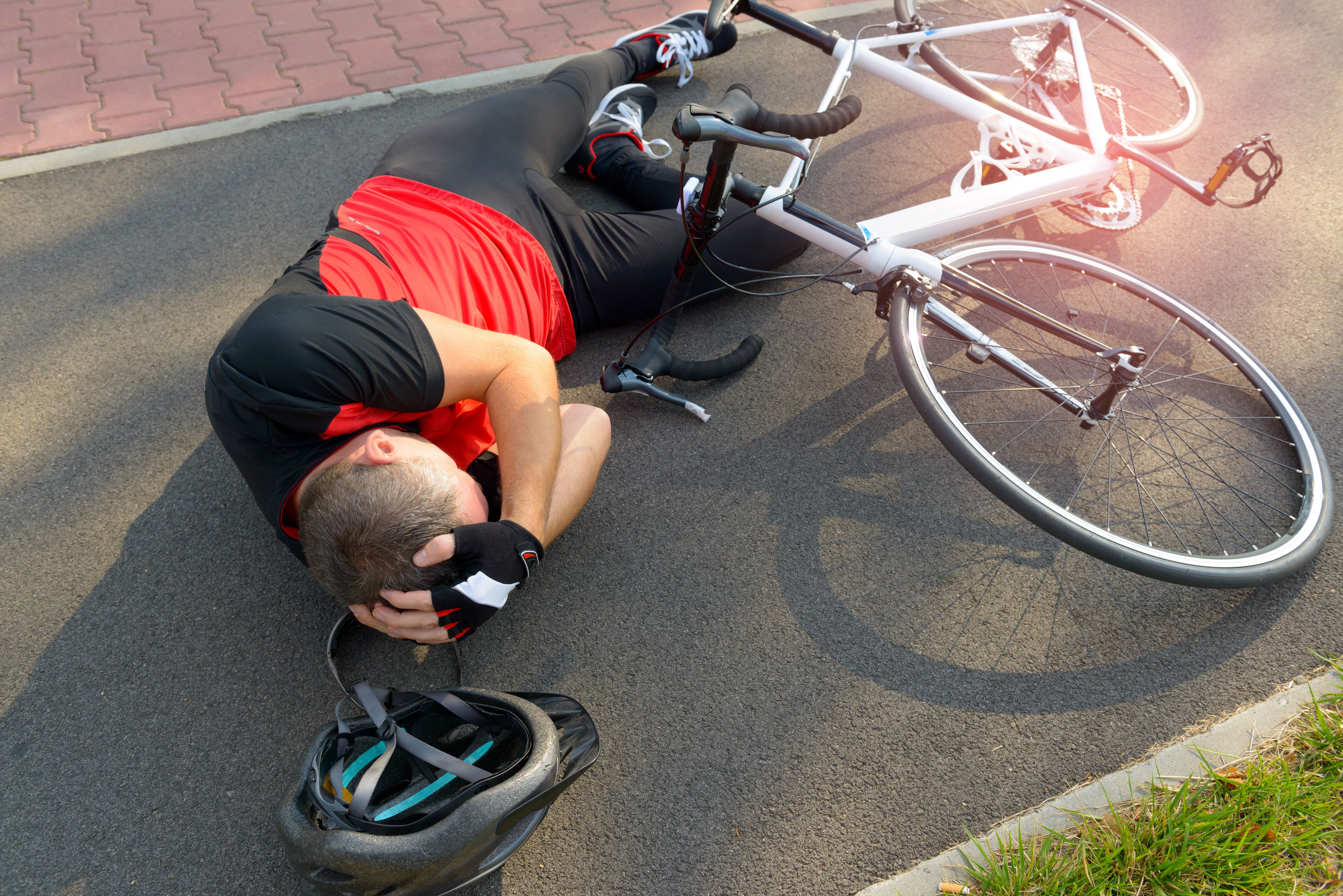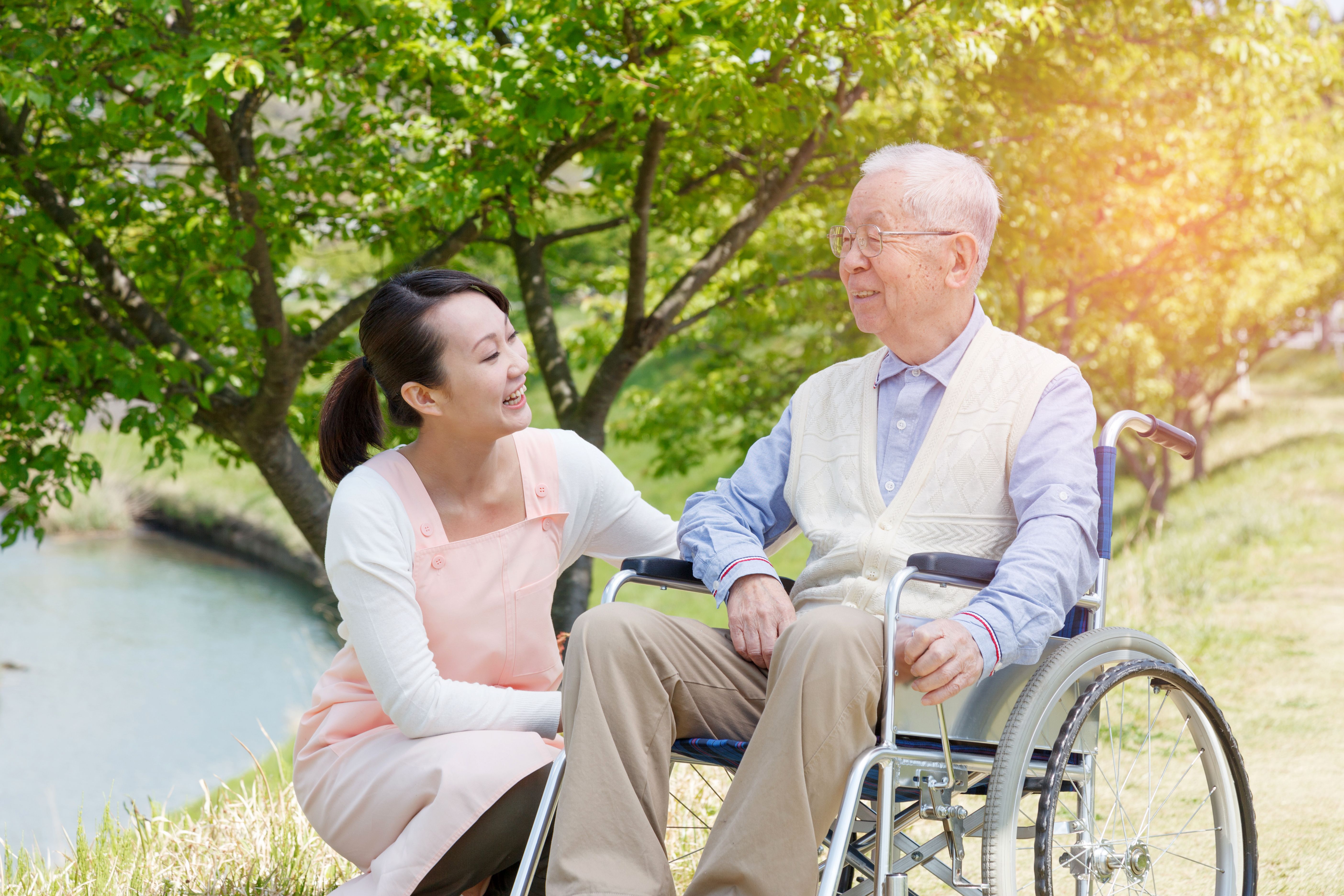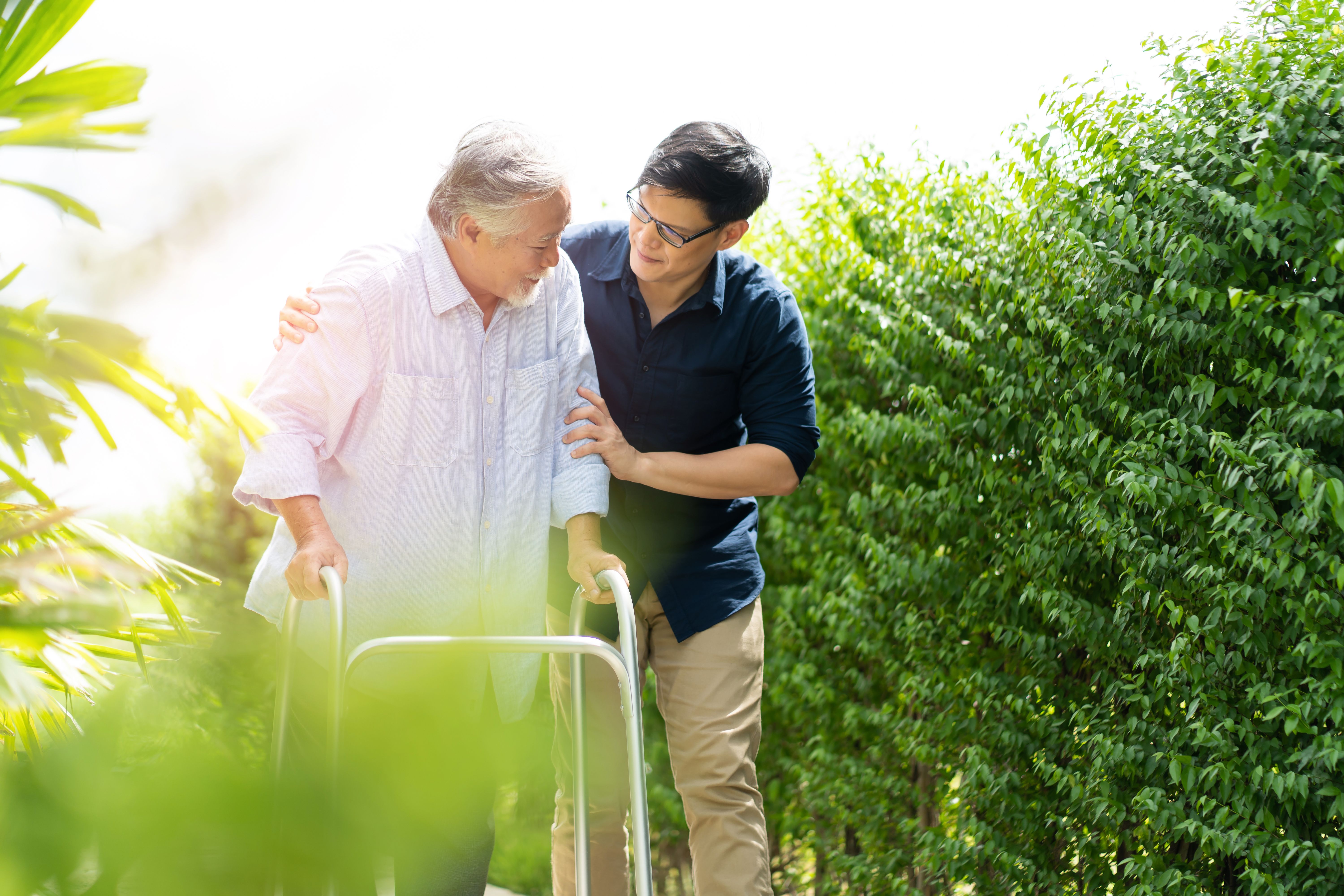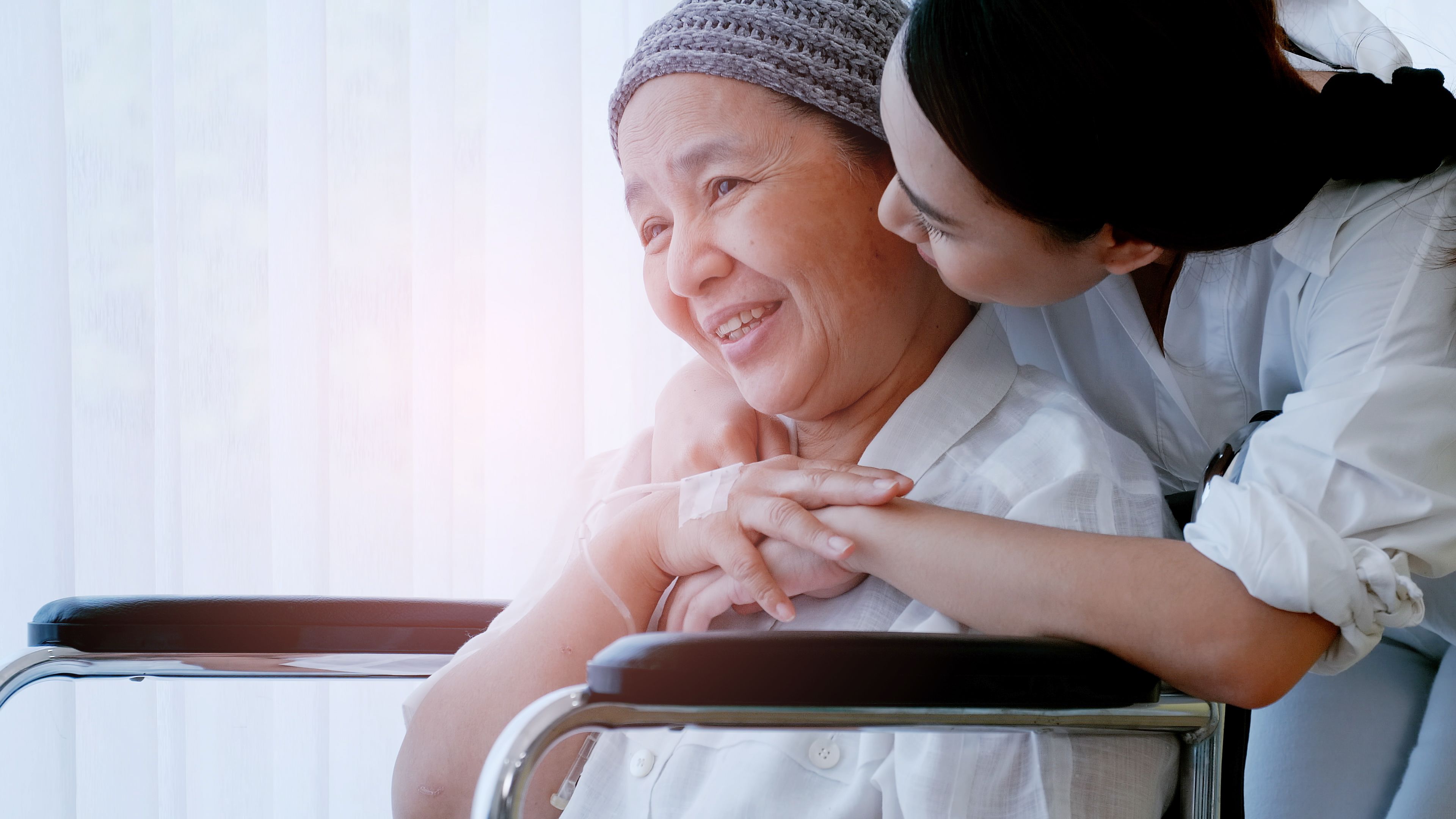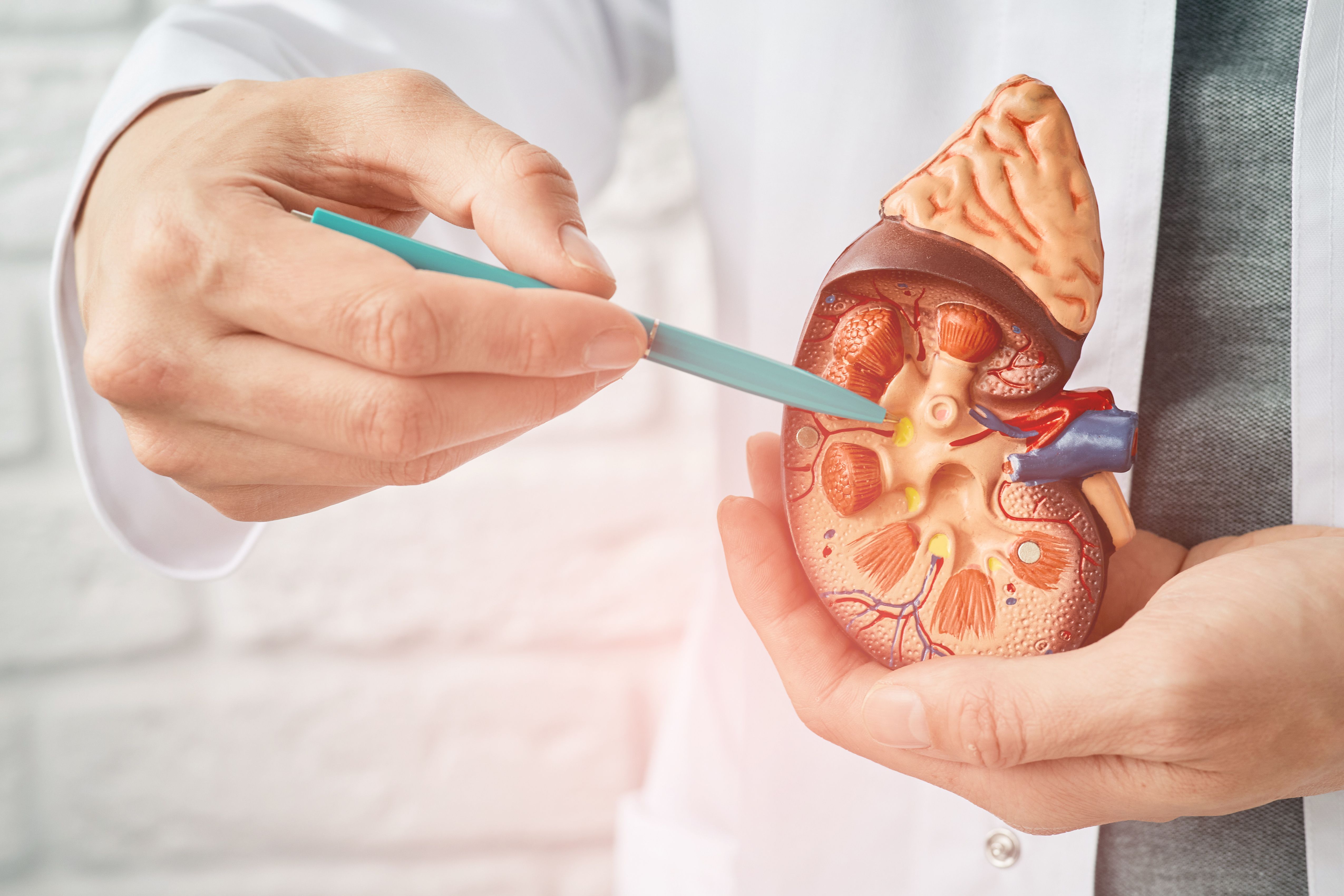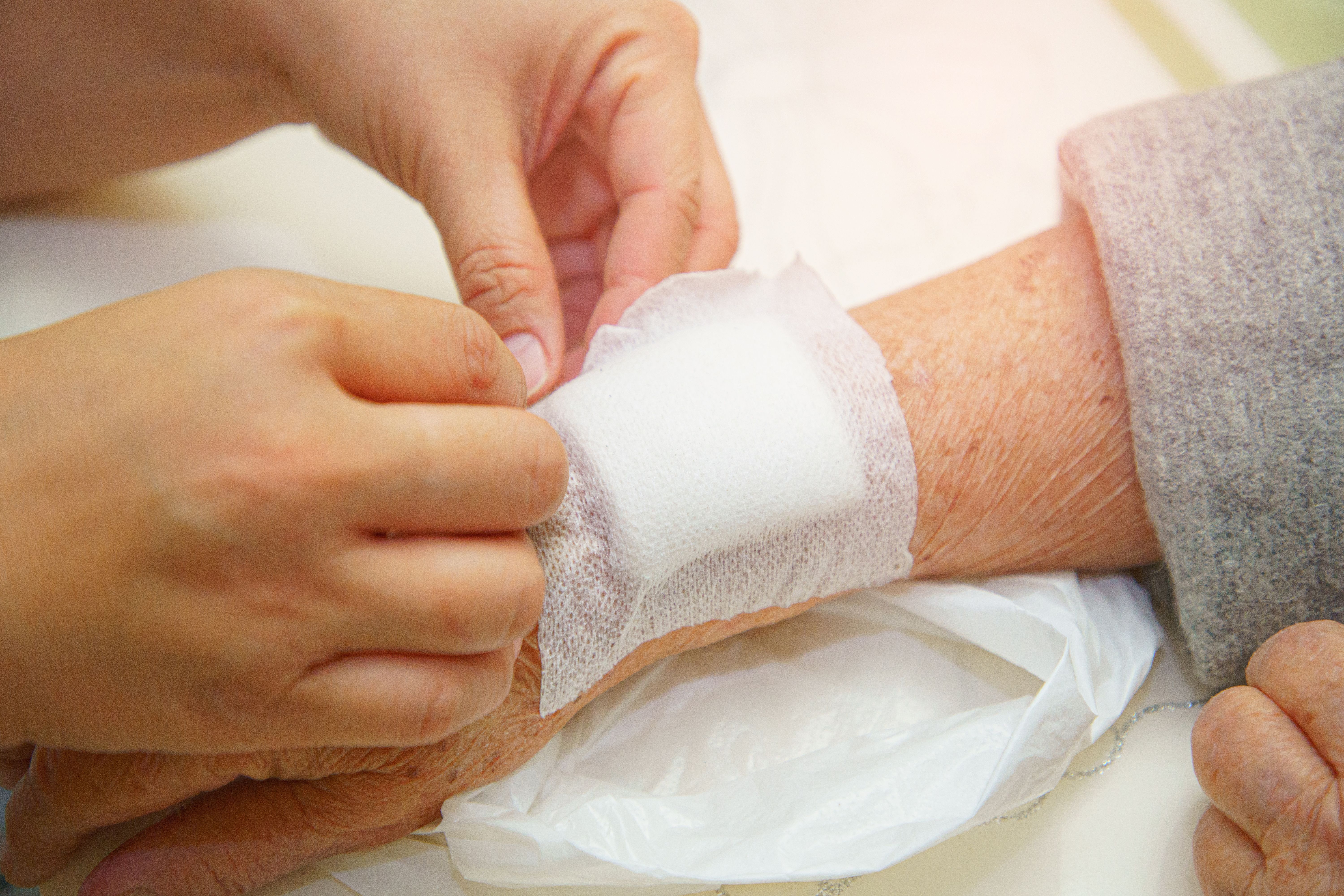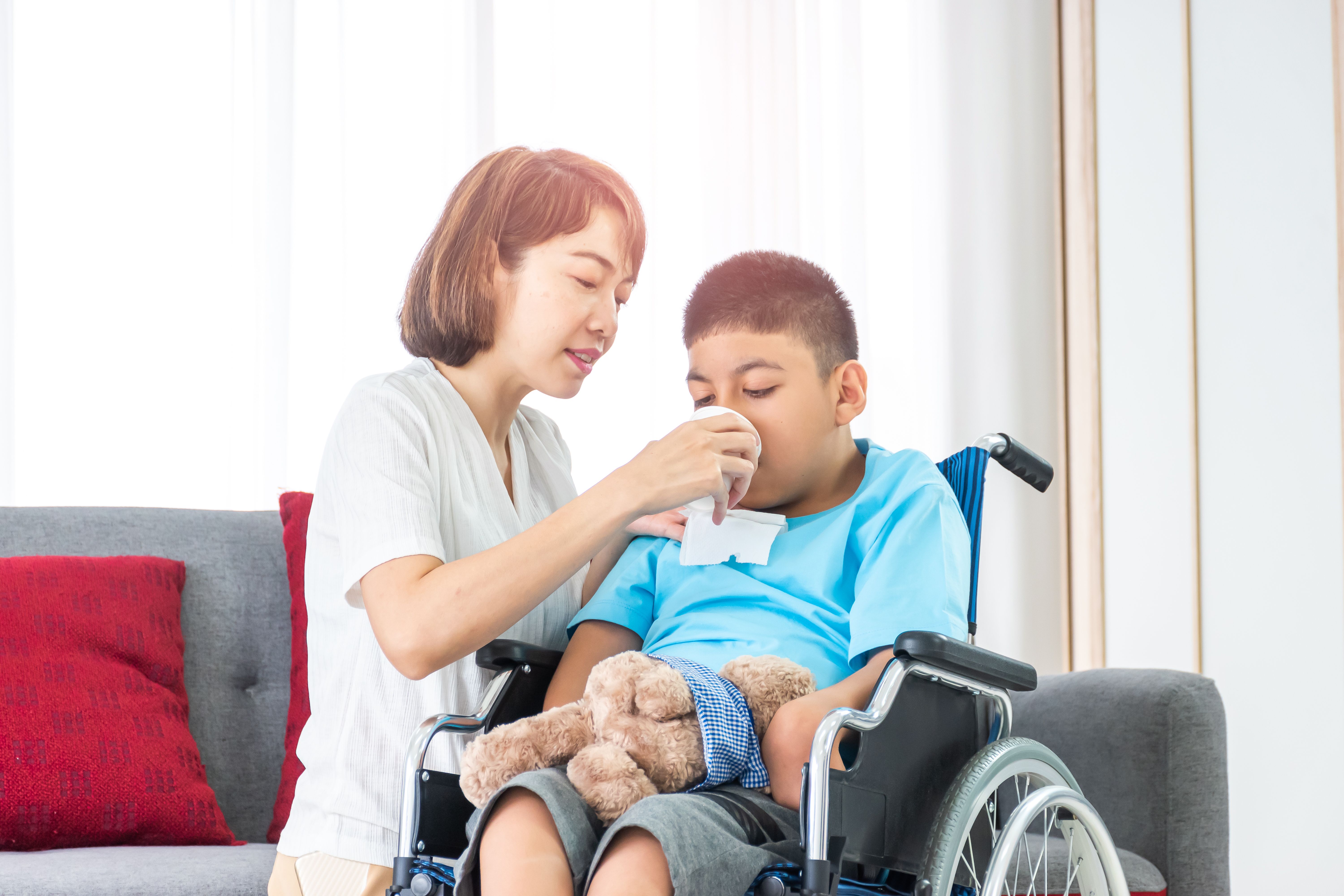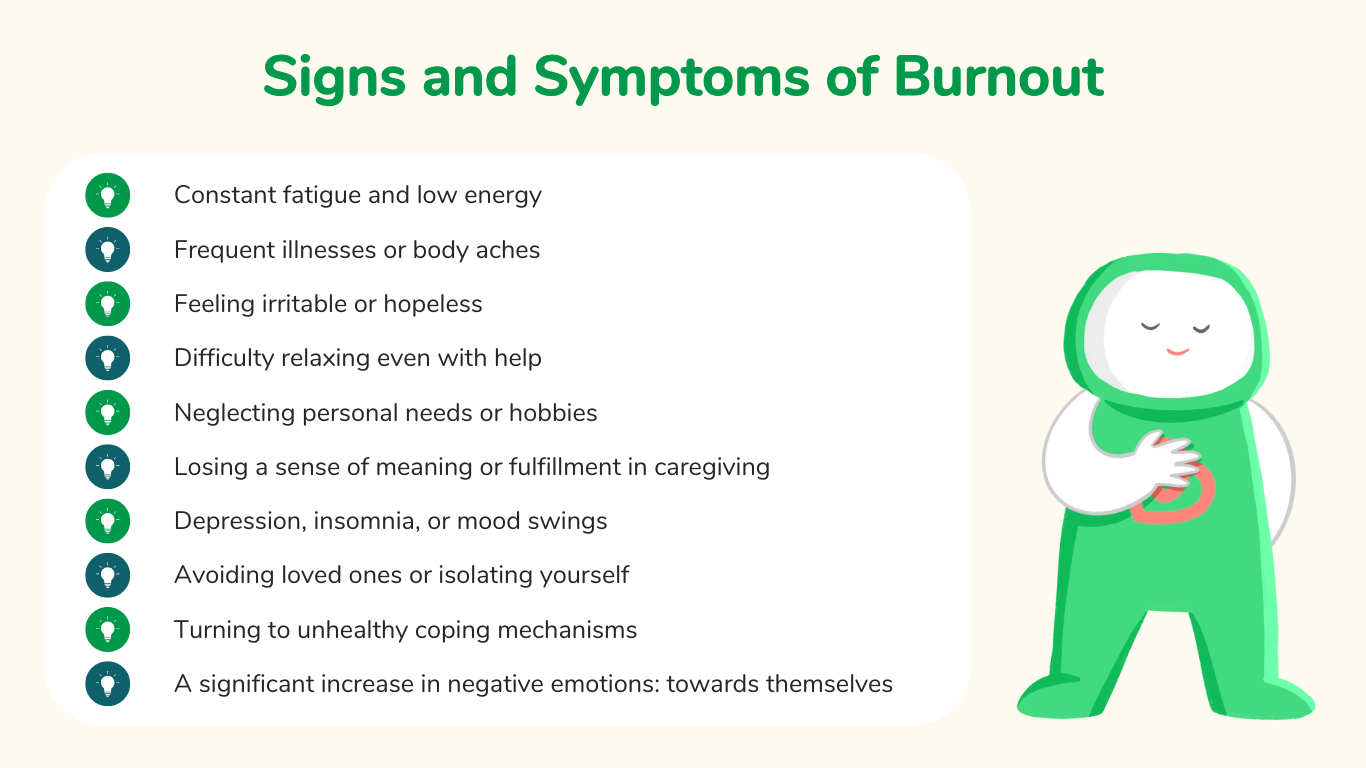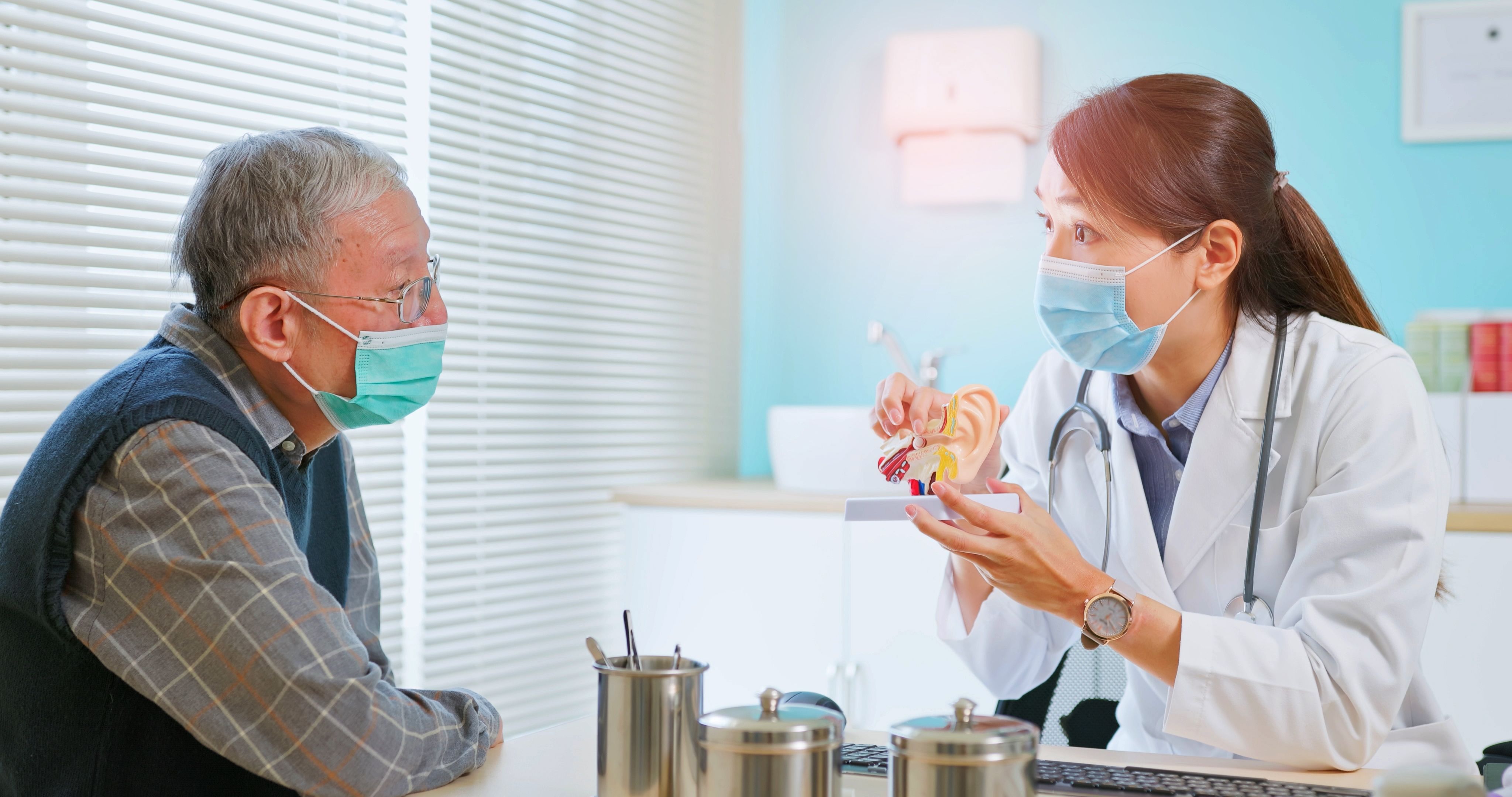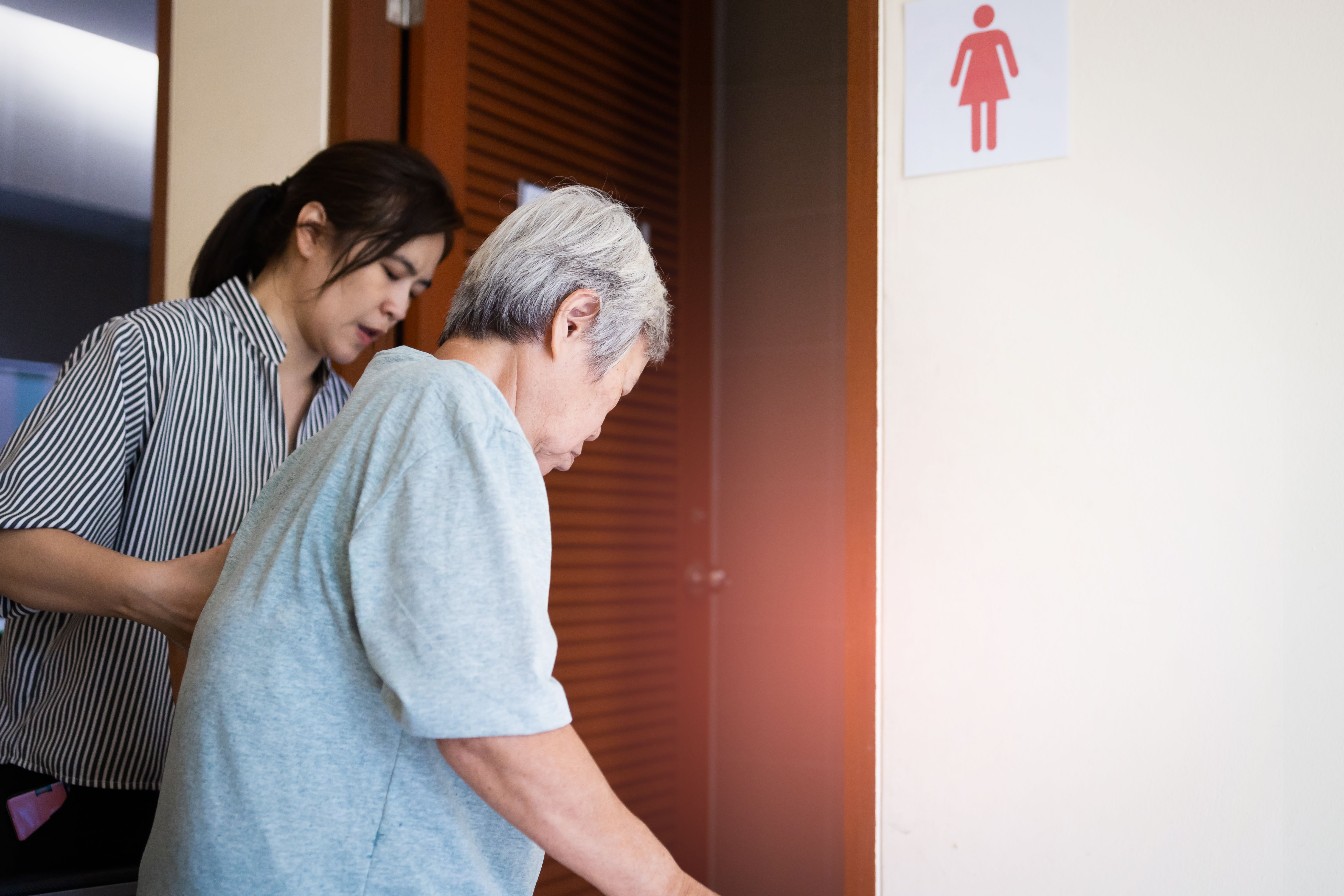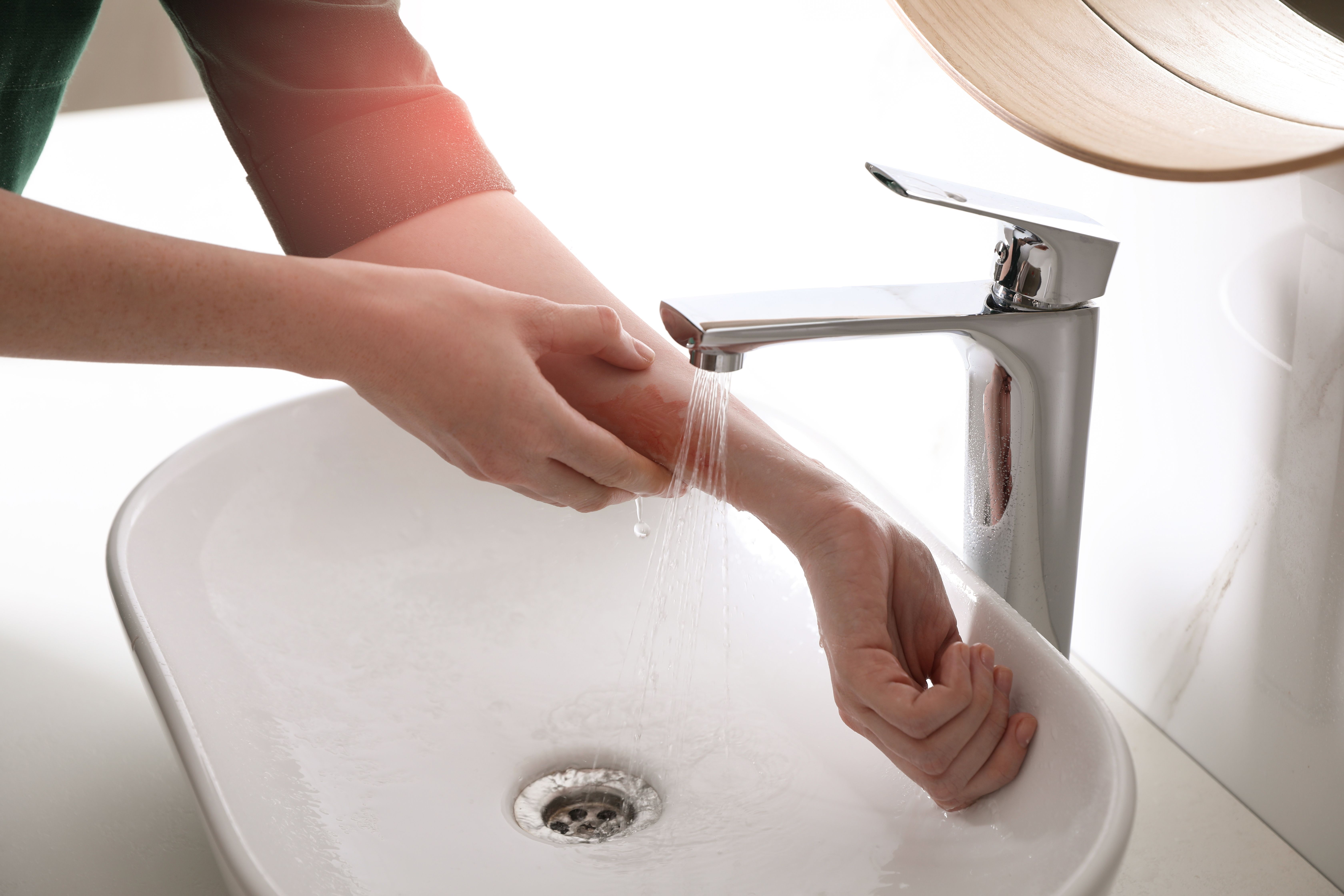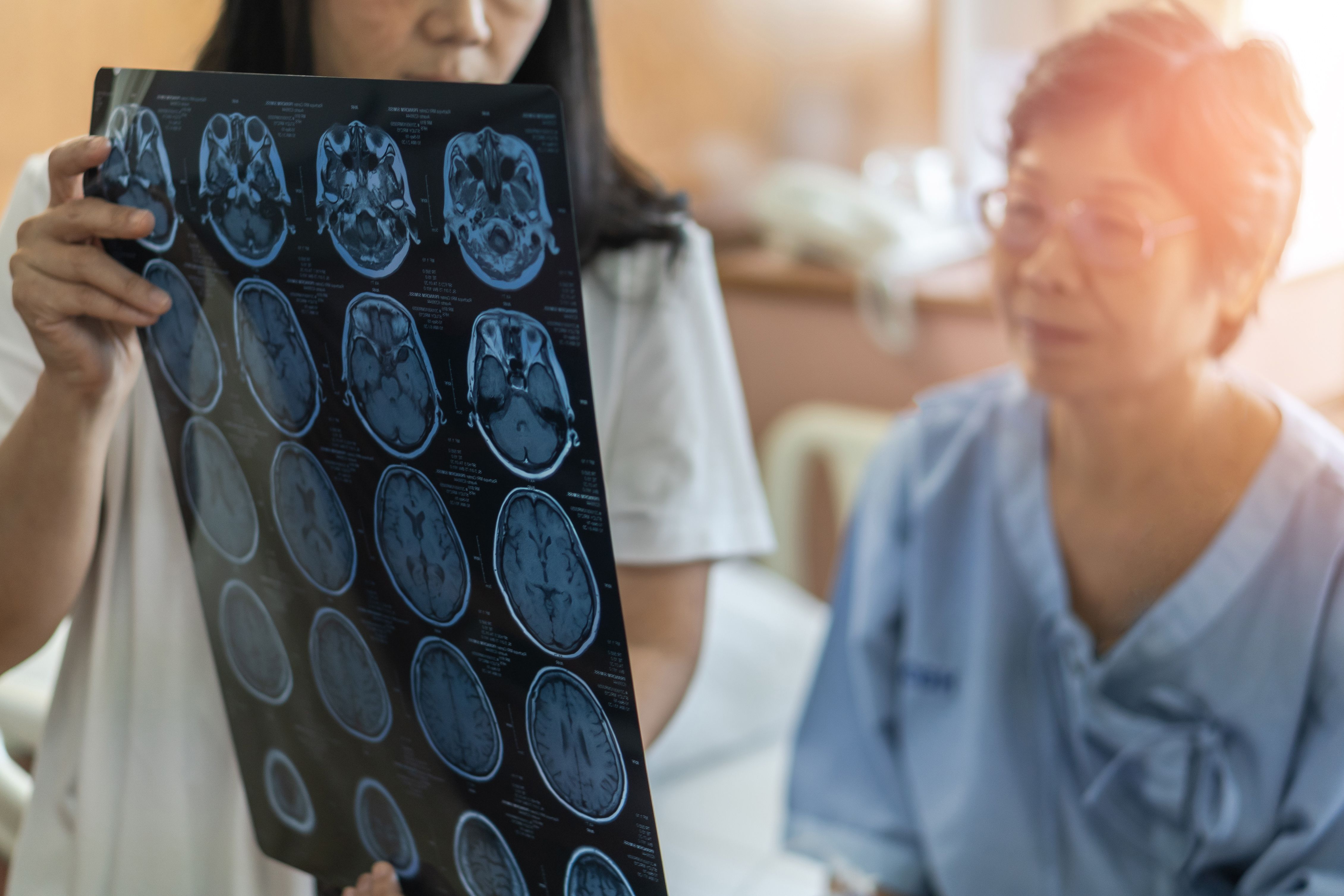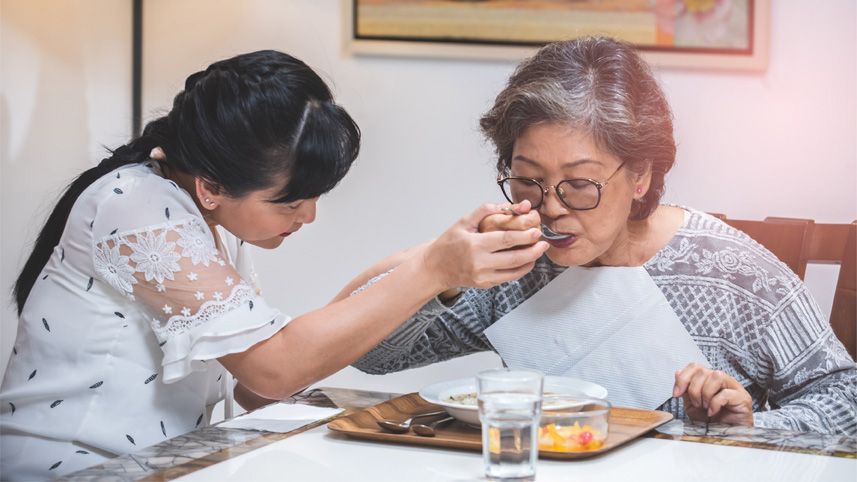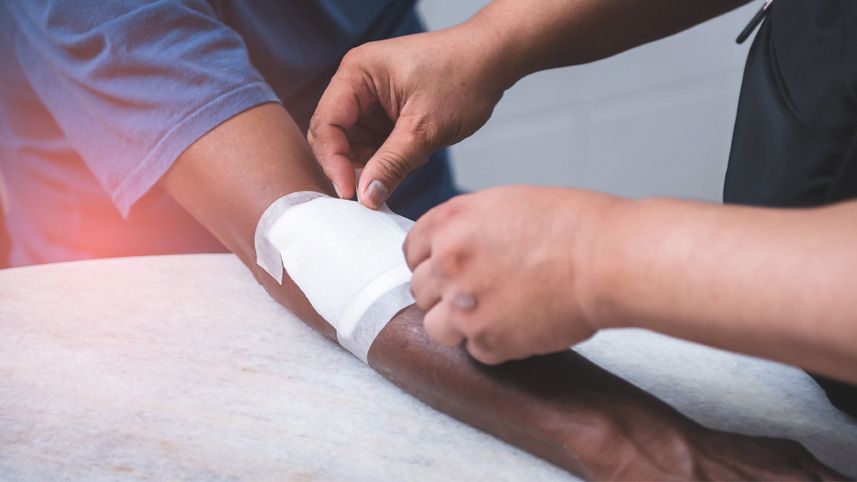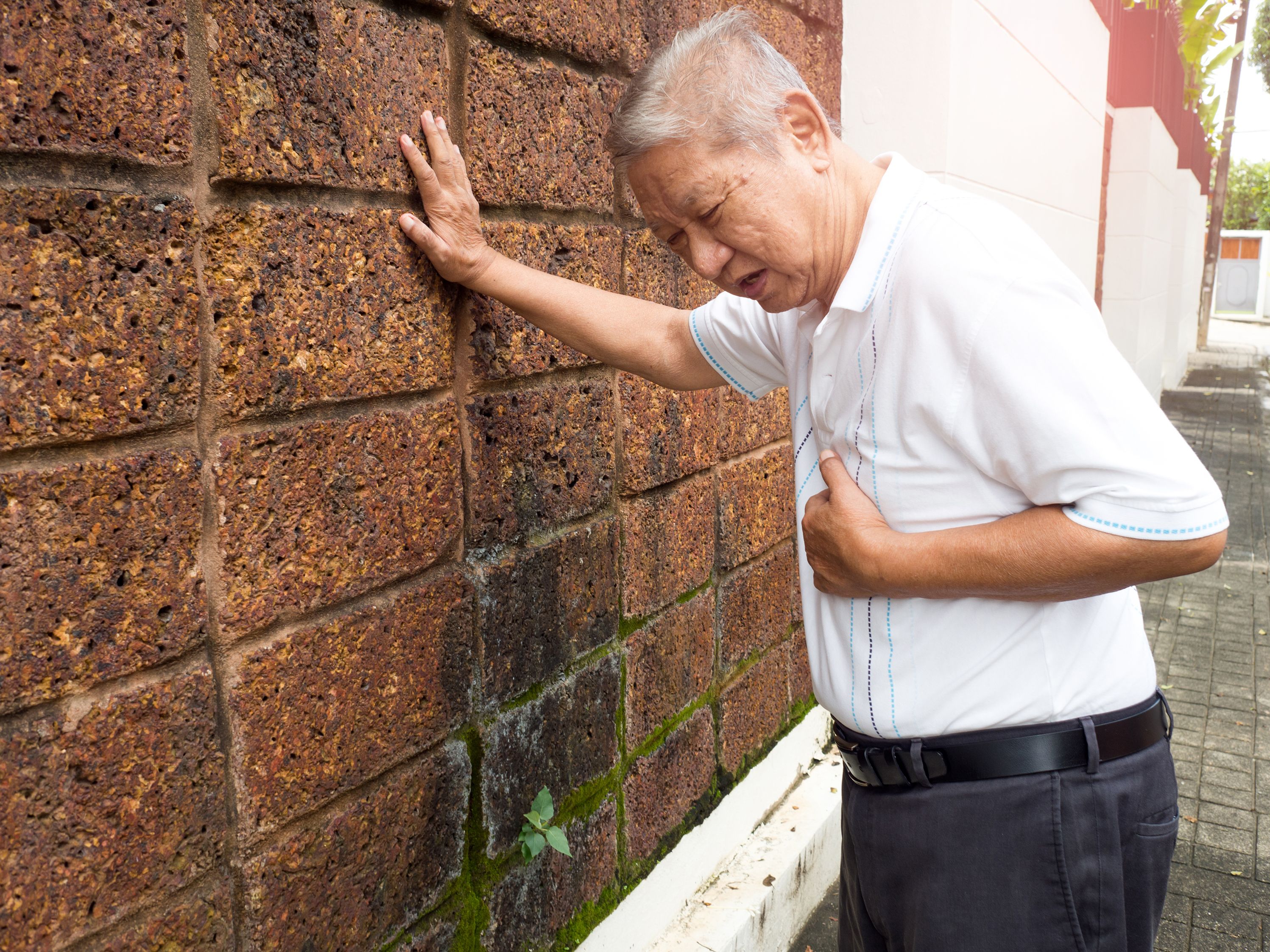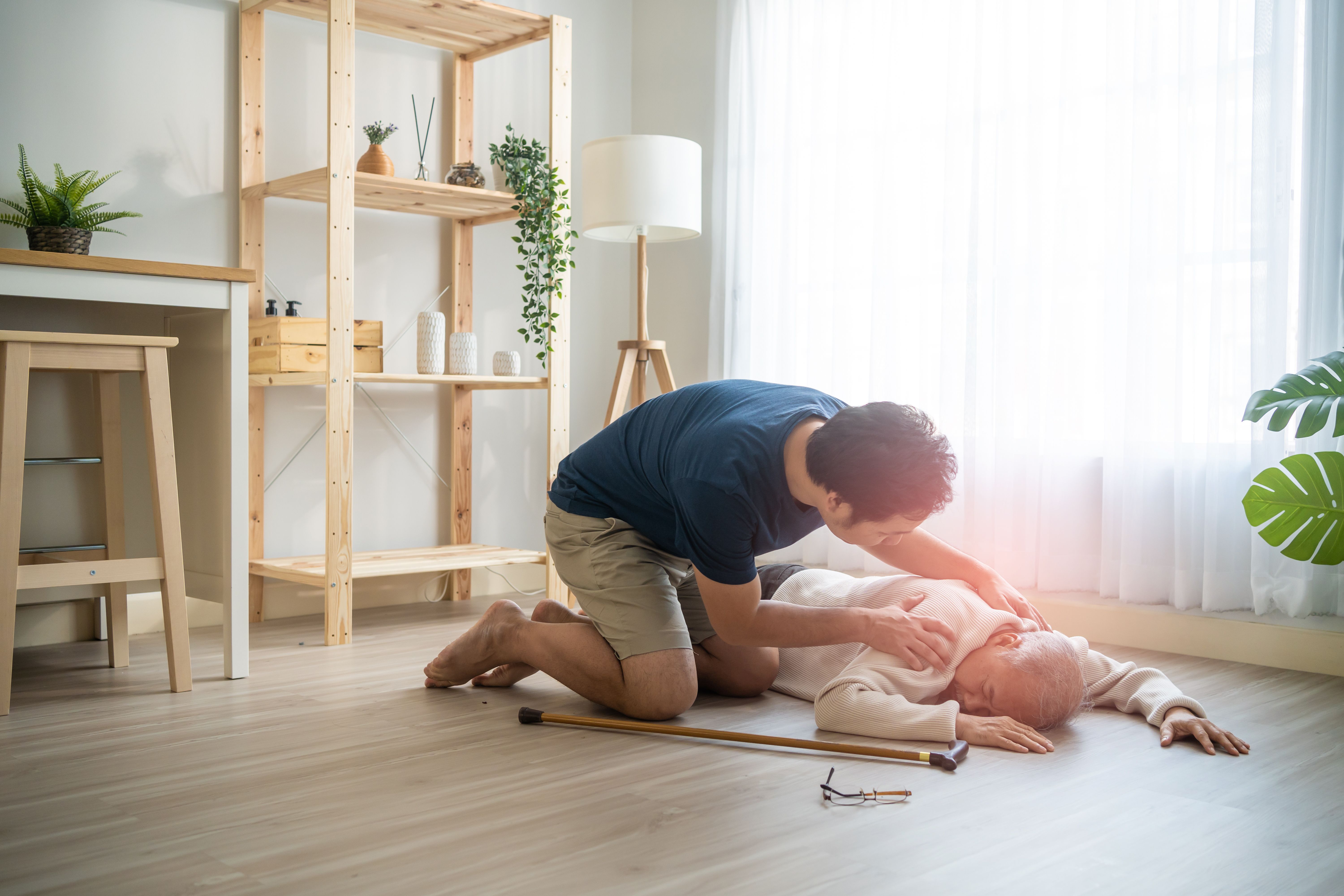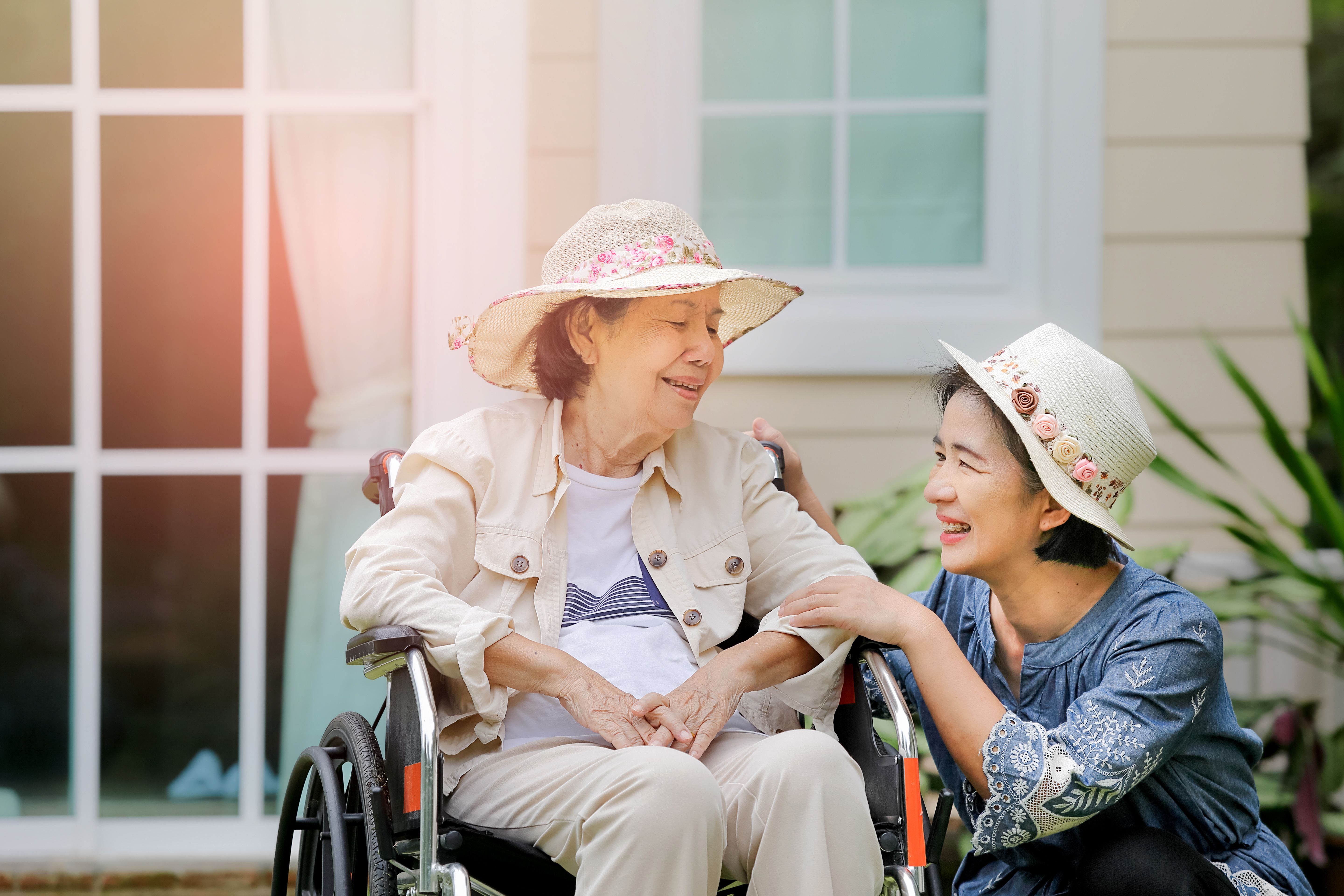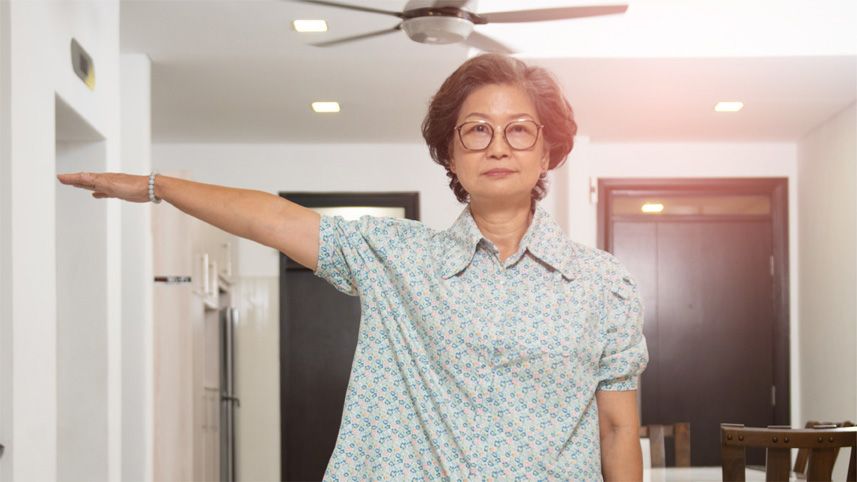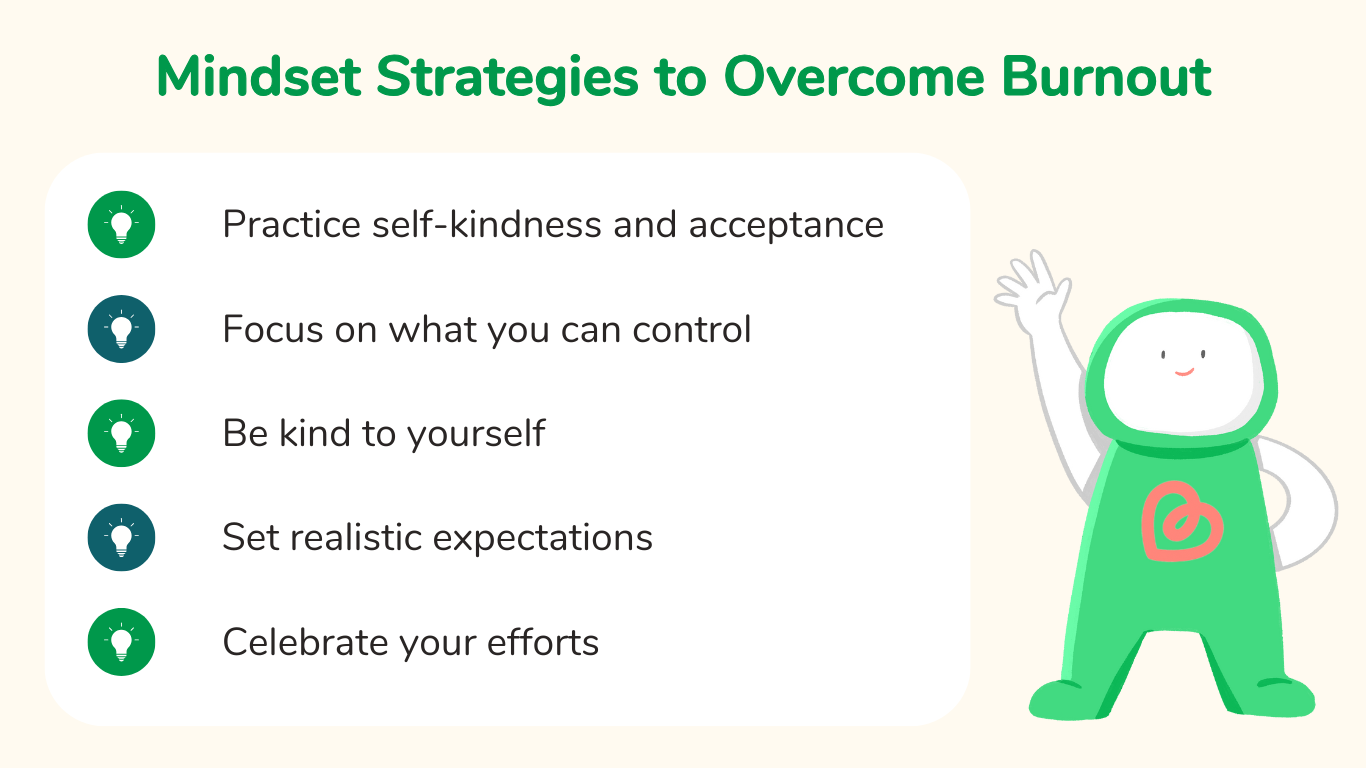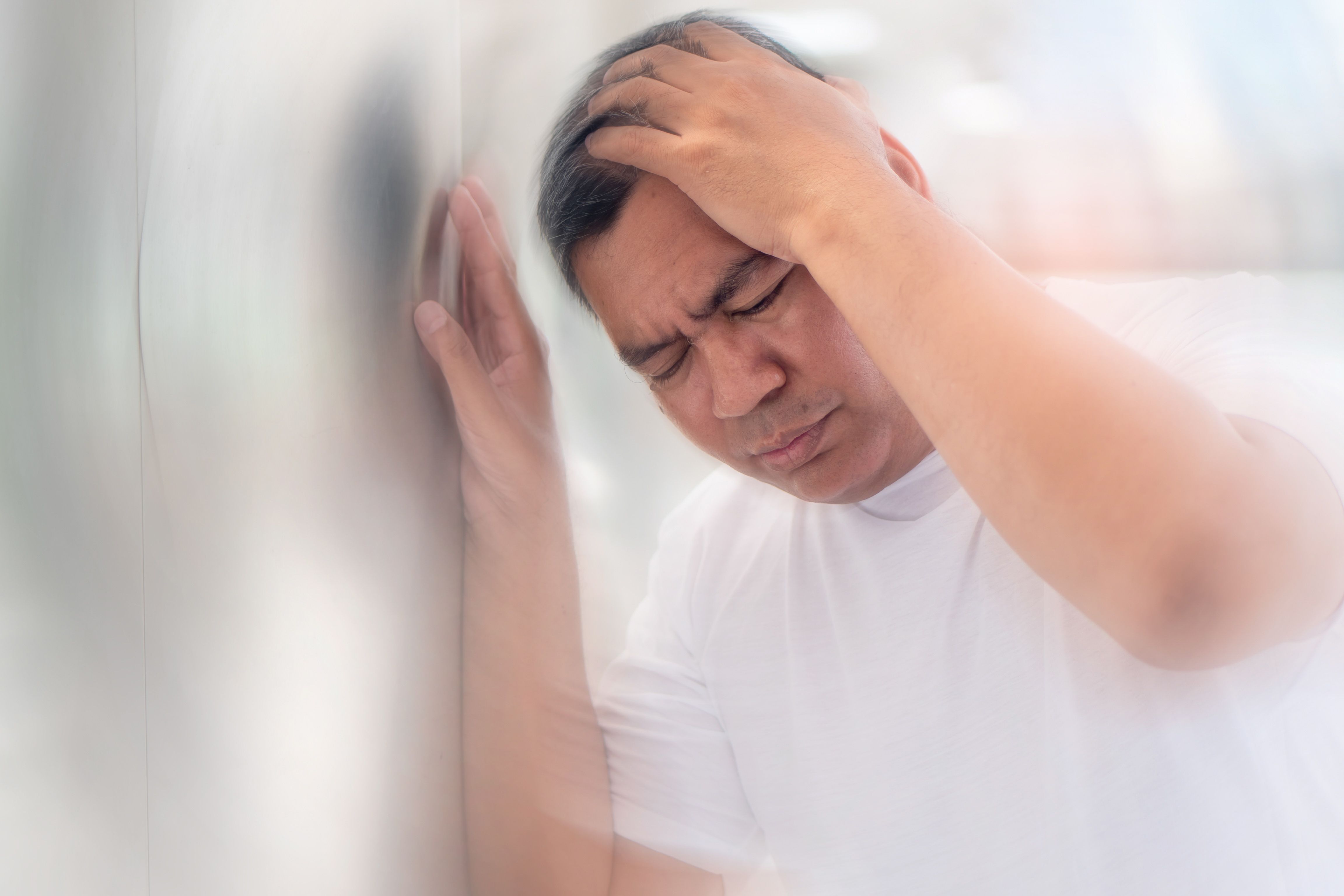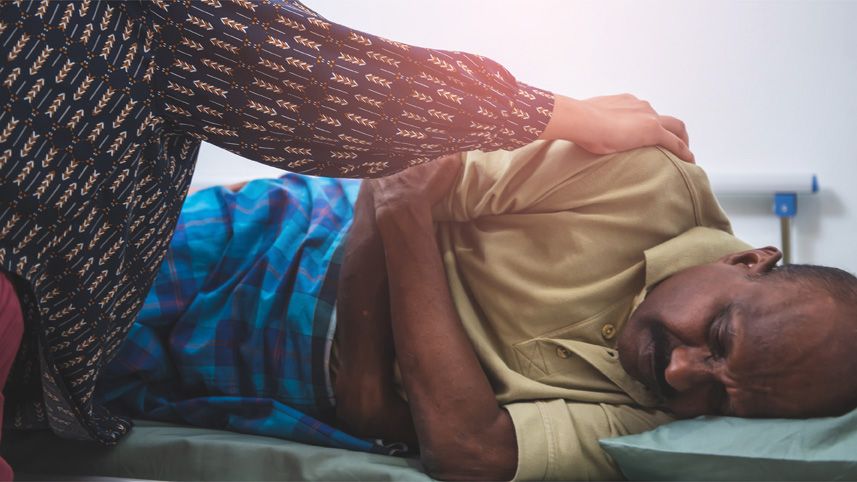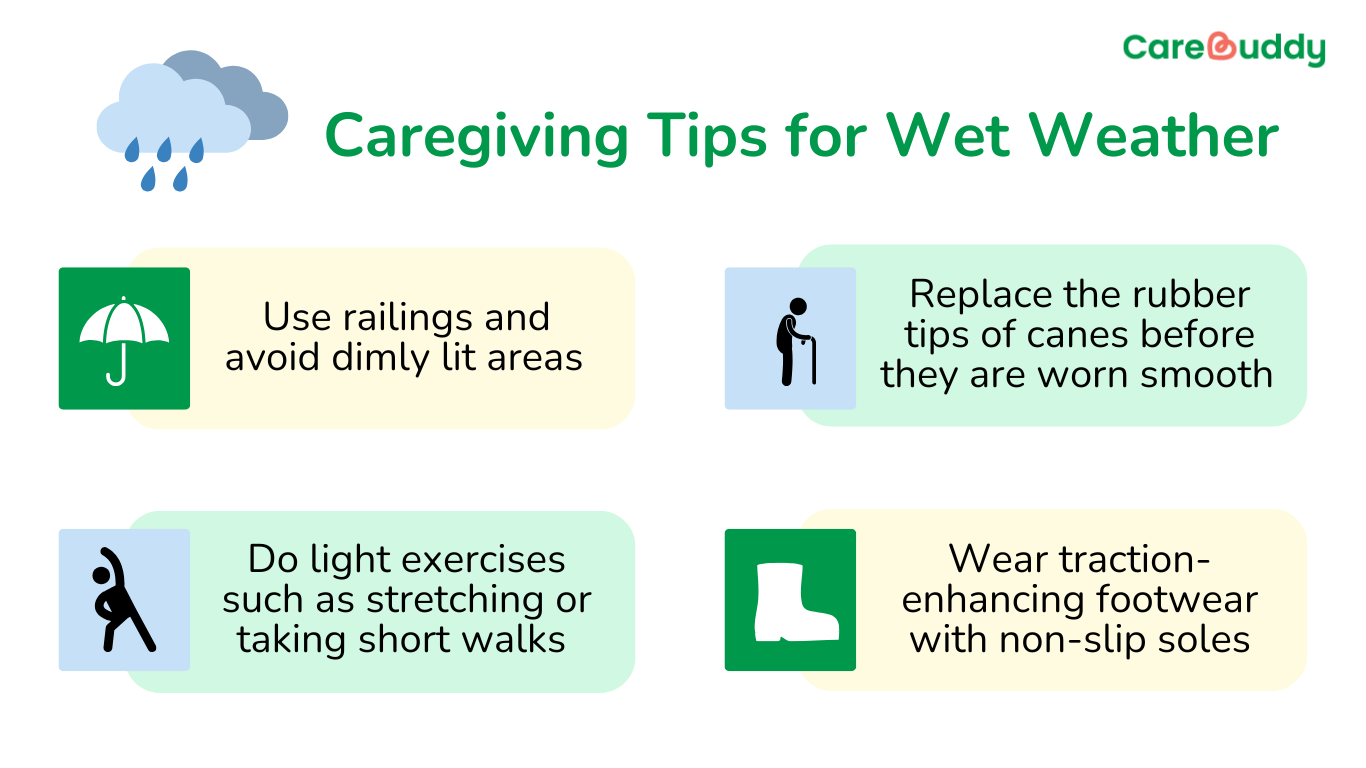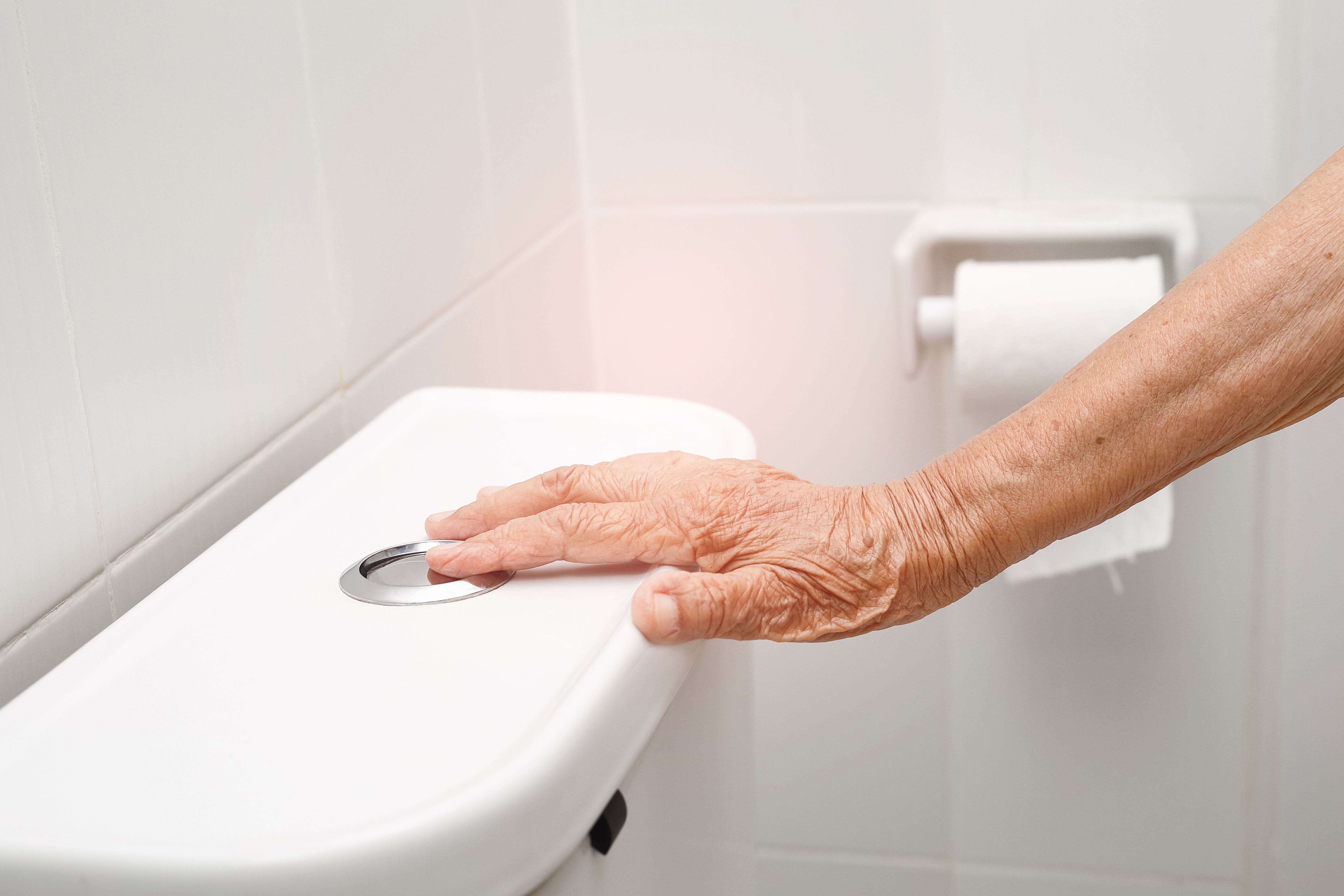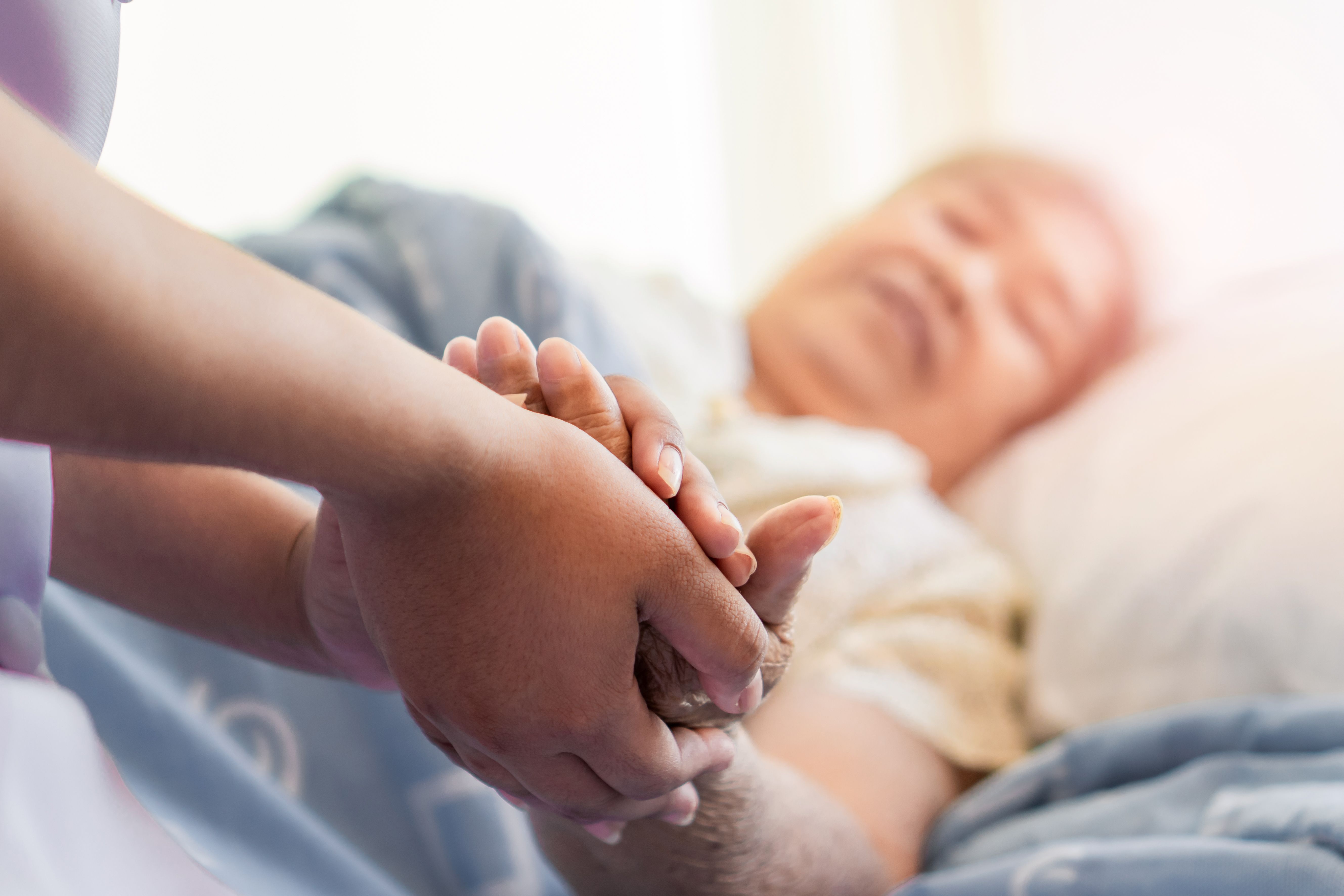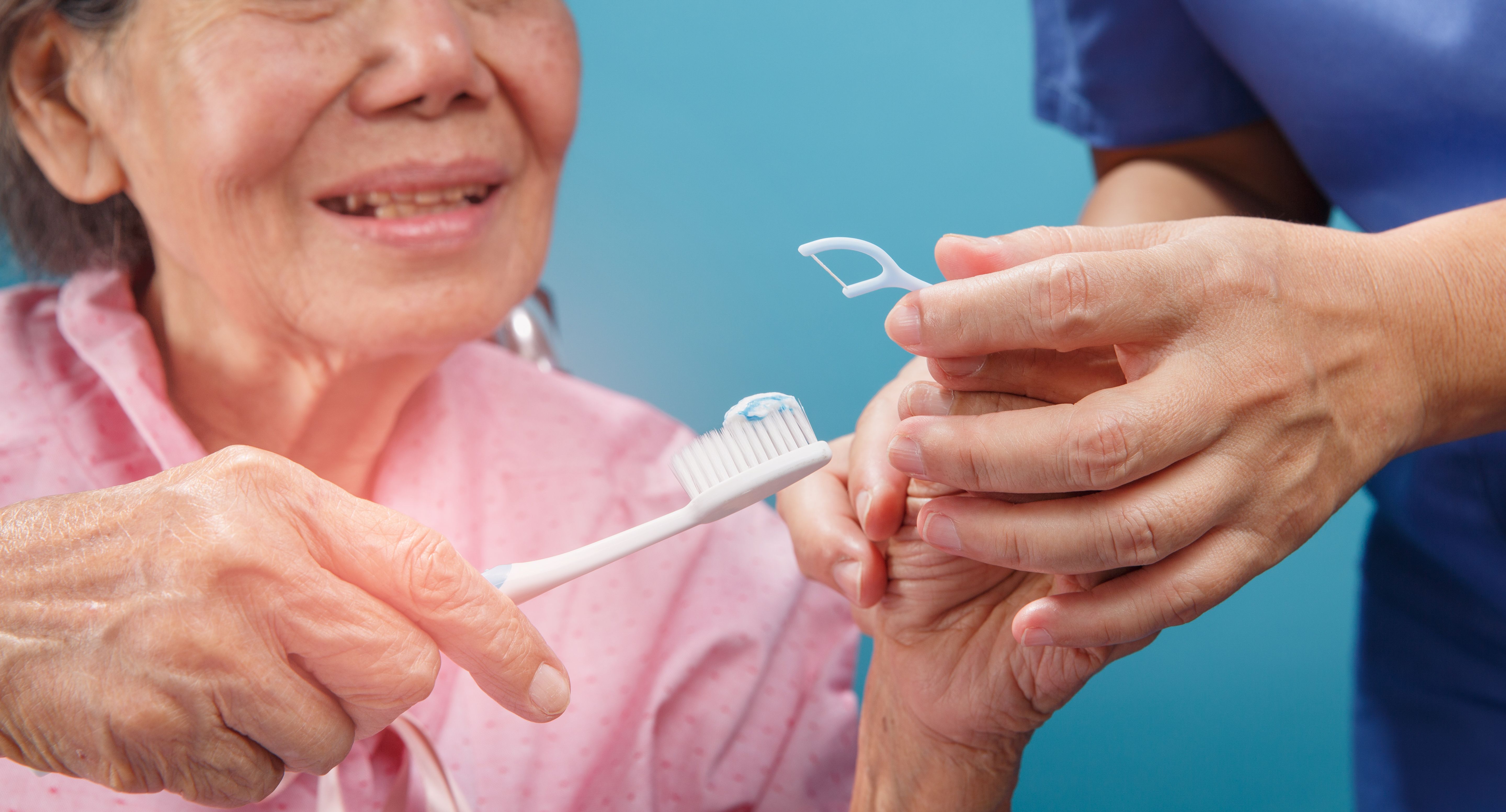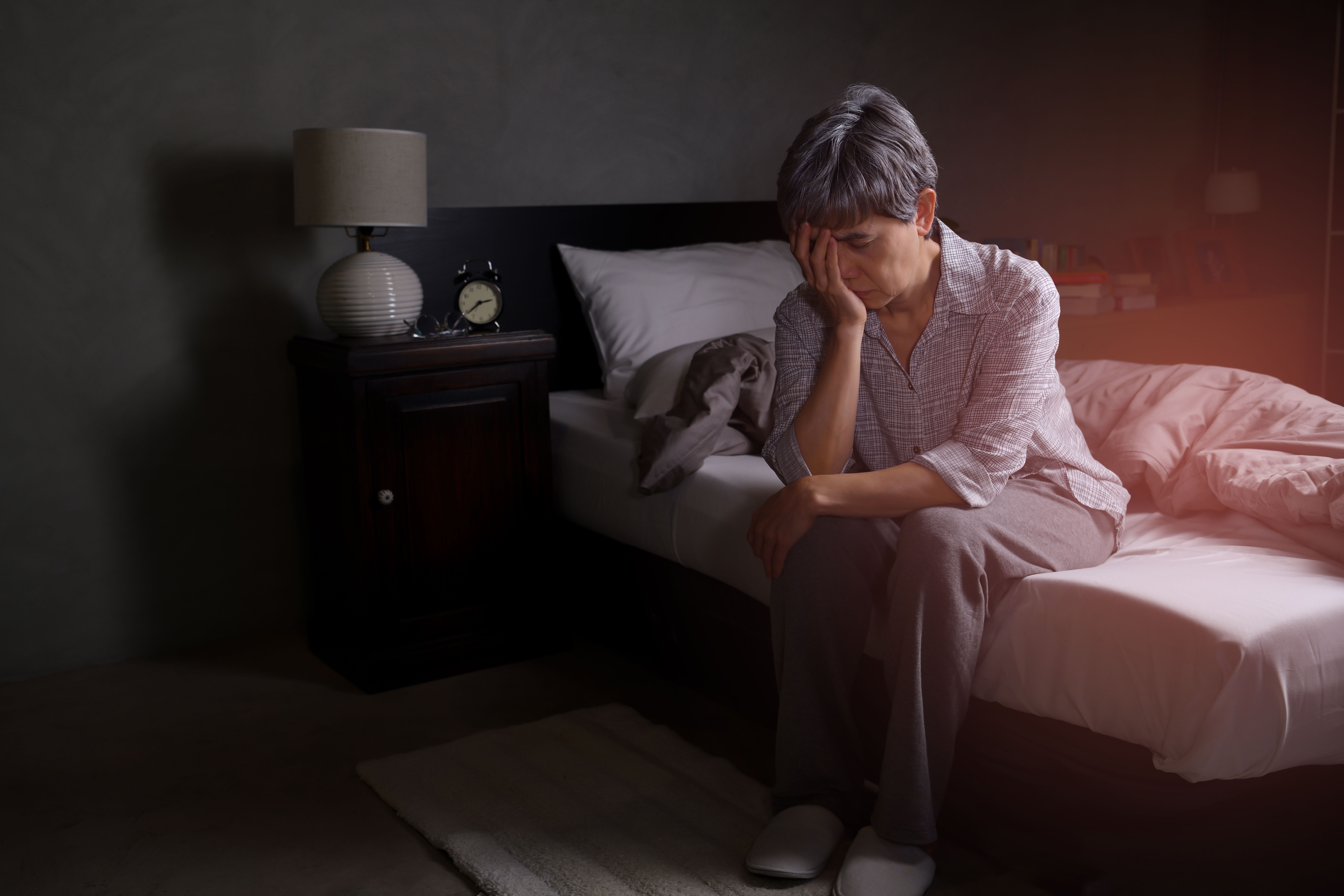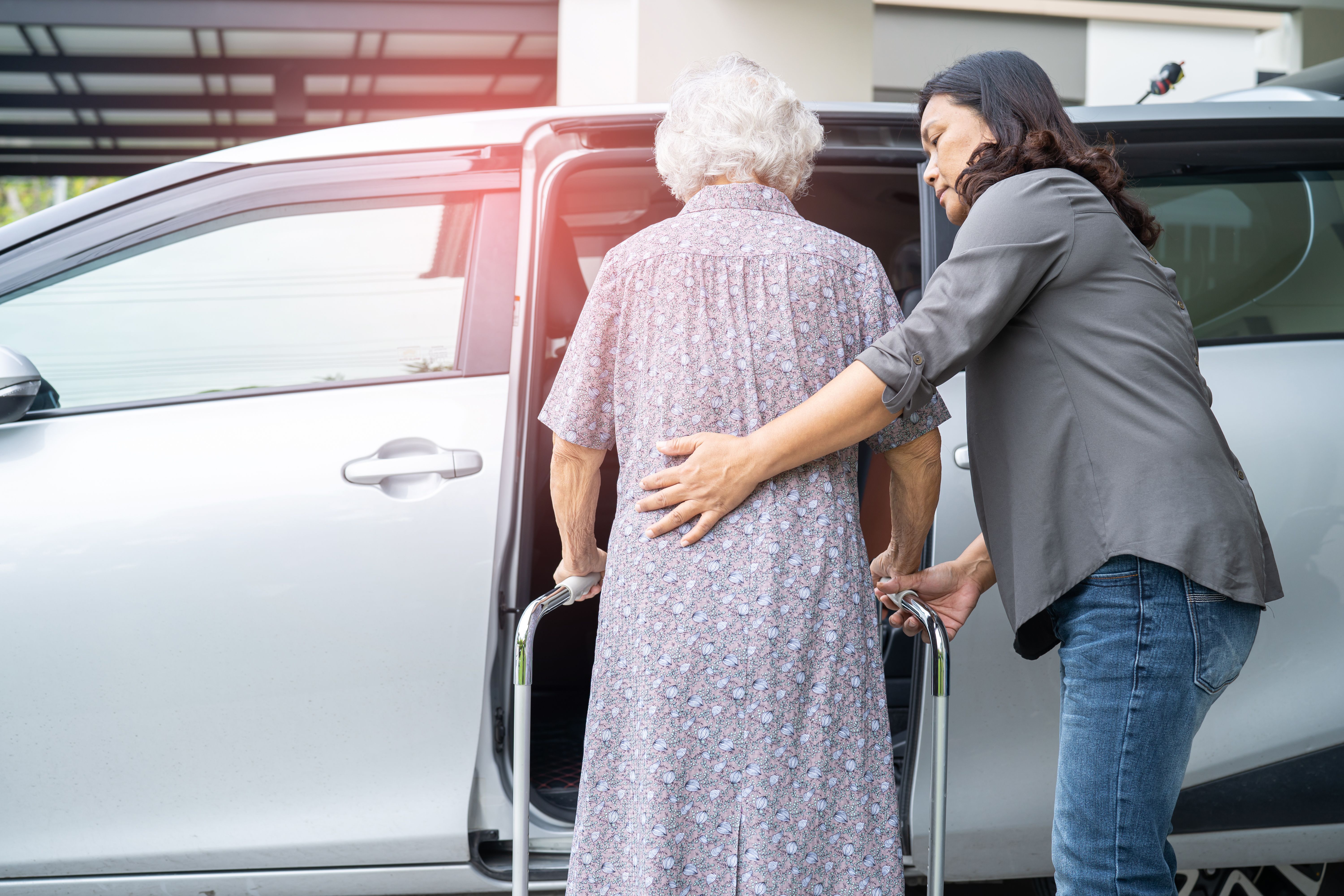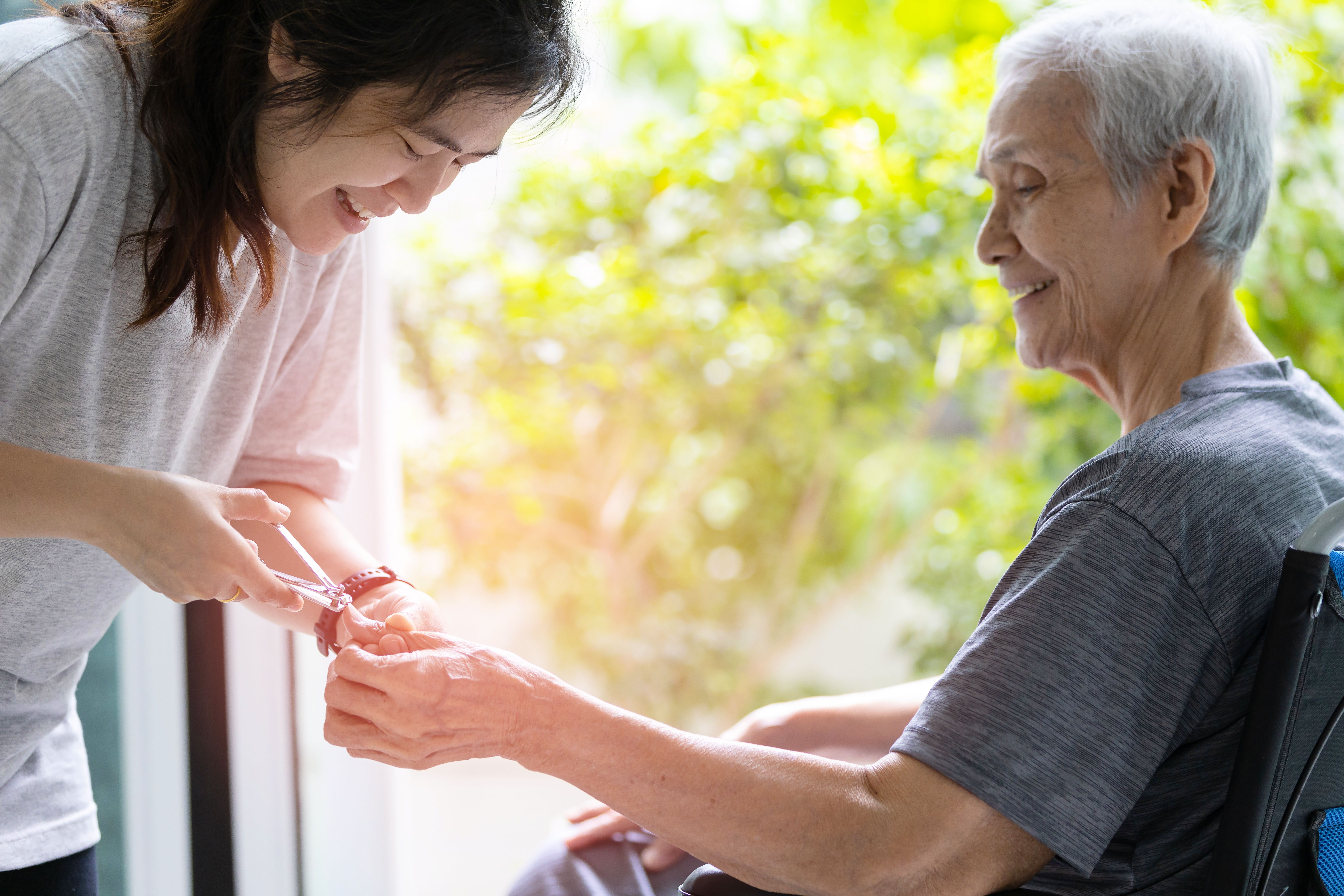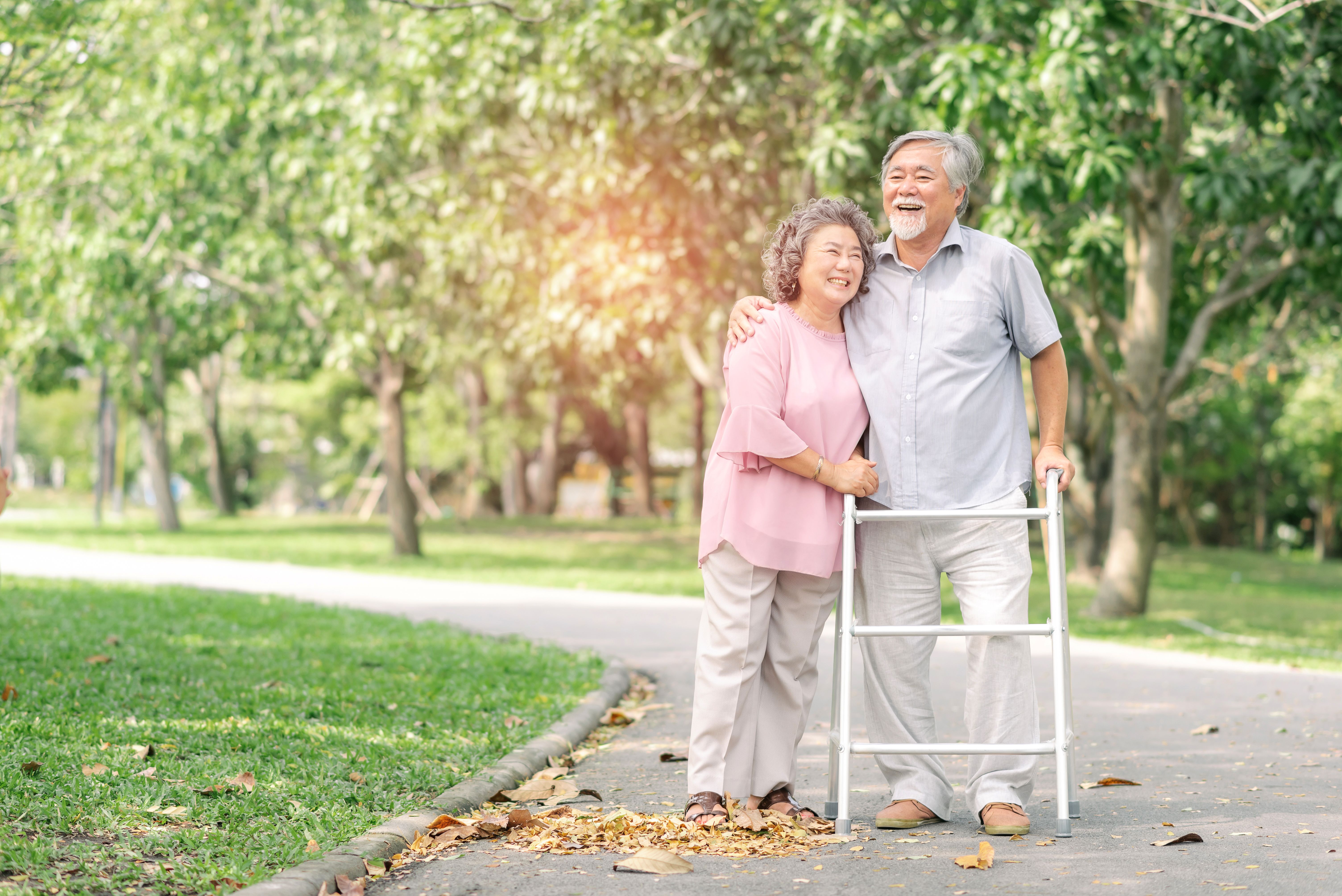Caring for bones and muscles of elderly care receivers
- CareBuddy
- 4 Mins Read
- 19 Sep 2022
- Elderly Care

Every part of a person’s body gets more worn-out as they age, and it’s no different when it comes to the musculoskeletal system (bones, muscles and joints). Caregivers need to watch out for several common bone and muscular issues when they are caring for an elderly care receiver.
Osteoporosis
One of the most common bone issues of the elderly is osteoporosis. This is a reduction of bone density that causes overall bone weakness and tendency to break.
Mild symptoms of osteoporosis
- Back aches and waist aches
- While standing up
- While holding a heavy object
- Bent back or waist
- Loss of height
Severe symptoms of osteoporosis
- The pain in the back and waist becomes severe and the care receiver is unable to move and possibly bedridden.
- A bone fractures.
- The bend of the back or waist worsens.
- The loss of height is considerably noticeable.
Osteoporosis can be prevented by
- Eating foods rich in calcium and vitamin D such as dairy products, leafy vegetables and legumes such as peas, beans and lentils.
- Regular exercise such as walking, running and weight training.
- Nutritional supplements
- Avoiding smoking.
- Limiting alcohol intake.
Osteoporosis can be treated by
- Medication
- Physiotherapy
- Strength-training and weight-bearing exercises
Bone fractures
Fractures due to falls are more common in elderly. Common sites of fractures include
- Shoulder: upper-arm bone fracture
- Backbone: compression fracture of spine
- Wrist: fracture of the distal radius
- Crotch: femoral neck fracture
Fractures can be prevented by making
- Simple but effective changes to the living environment such as
- Leveling the bathroom floor so that there’s no depressed shower area where falls can happen.
- Installing bed rails so that rising from the bed or getting back into it has a lower risk of falls.
- Removing clutter such as excess furniture.
- Changes to habits such as
- Lowering the height of the bed while getting into or out of it.
- Wearing non-slip footwear.
- Cleaning up spills immediately.
Muscle changes due to aging
As a person ages, they start to lose muscle mass and function. This is known as sarcopenia.
Symptoms include
- Muscle weakness
- Less flexibility
- Lower endurance
- Less stamina
Sarcopenia is treated primarily through exercise, especially strength training.
Joint changes due to aging
Joints stiffen with age and their moving range is reduced as the amount of lubrication in them reduces. Also, the cushion between the bones of a joint is gradually lost with age, which can cause pain and deformation of the joint.
Exercise can slow down these joint changes and help the joints retain flexibility for longer. Good exercise options for this purpose include strength training, weight-bearing, stretching and tai chi.
The common theme we observe across multiple bone and muscle conditions is that an active lifestyle with regular exercise can slow down the onset of these conditions and also help manage them should they arise. Other factors that help include a diet rich in calcium and vitamin D, avoiding smoking and reducing alcohol. Keeping these in mind will help elderly care receivers immensely.
Article reviewed by David Tay, Senior Principal Educator (Nursing and Prehospital Care), HMI Institute.
